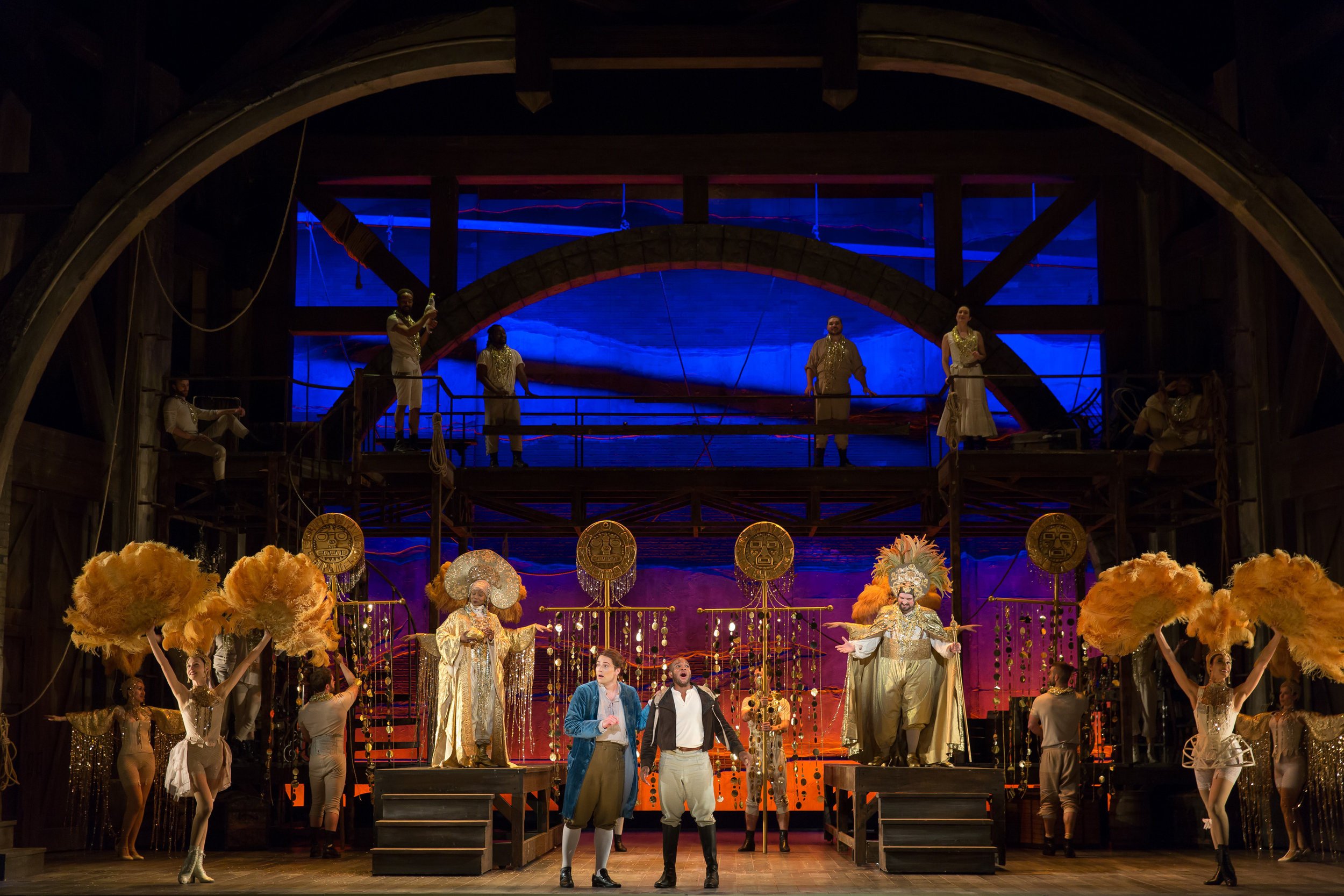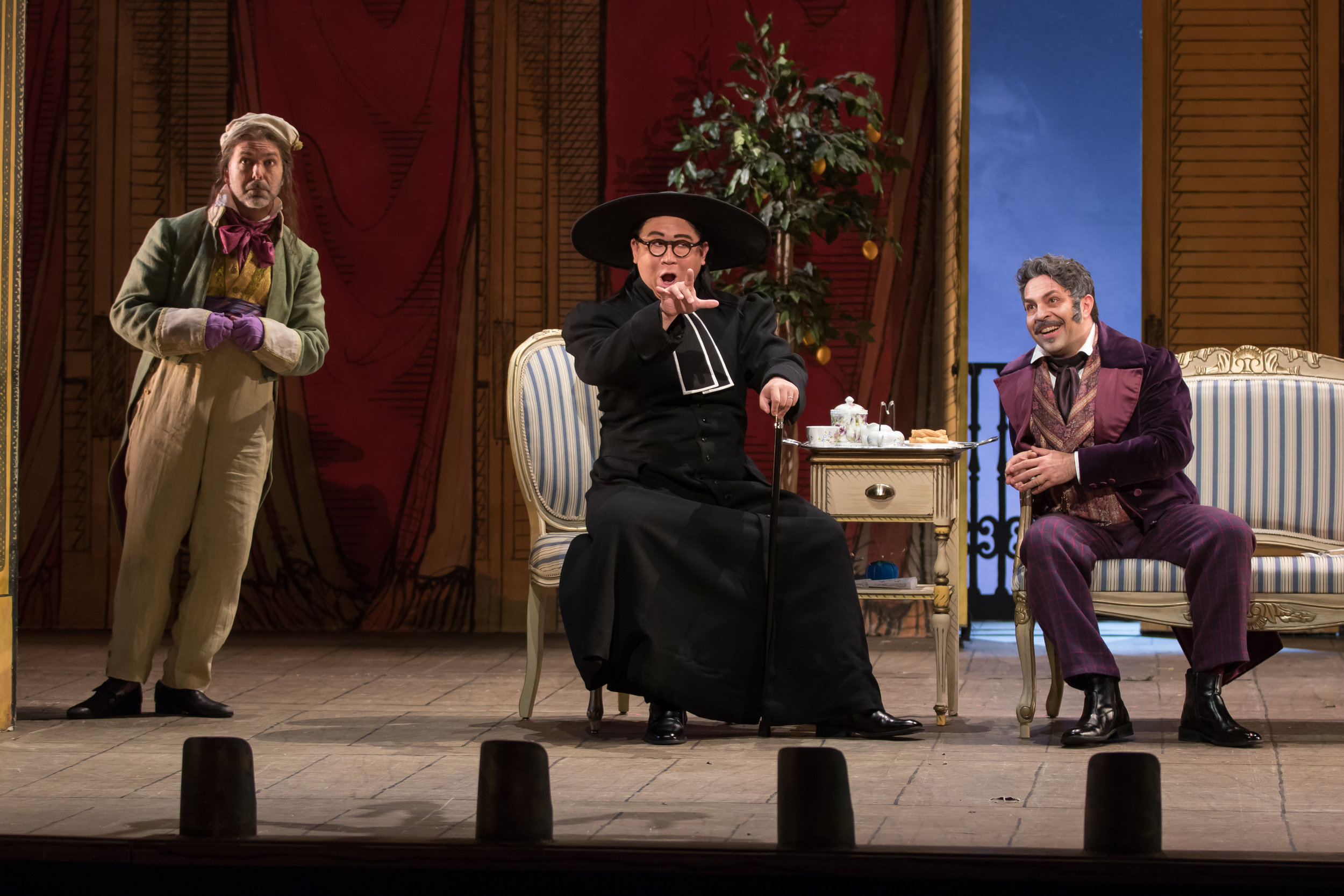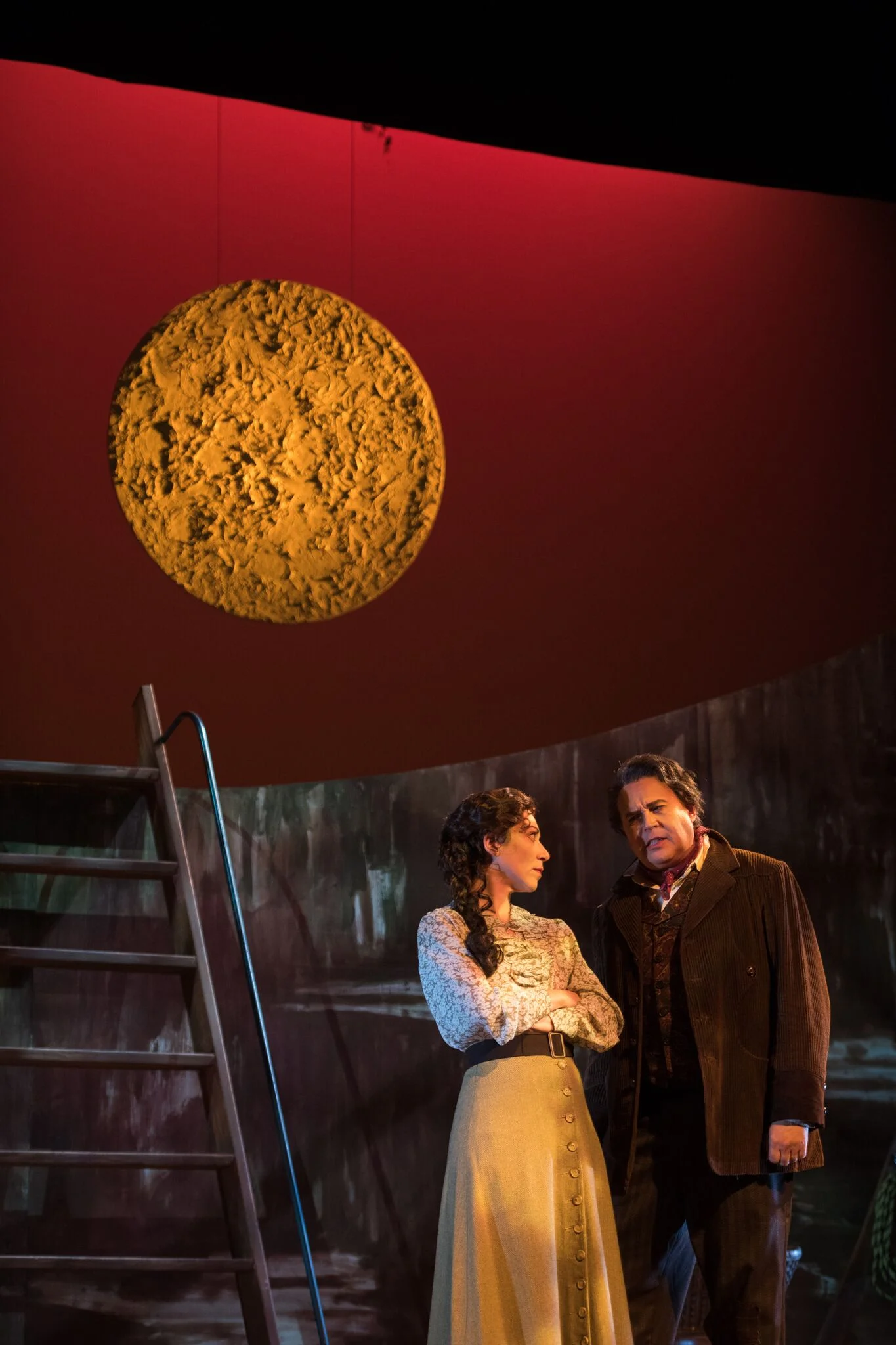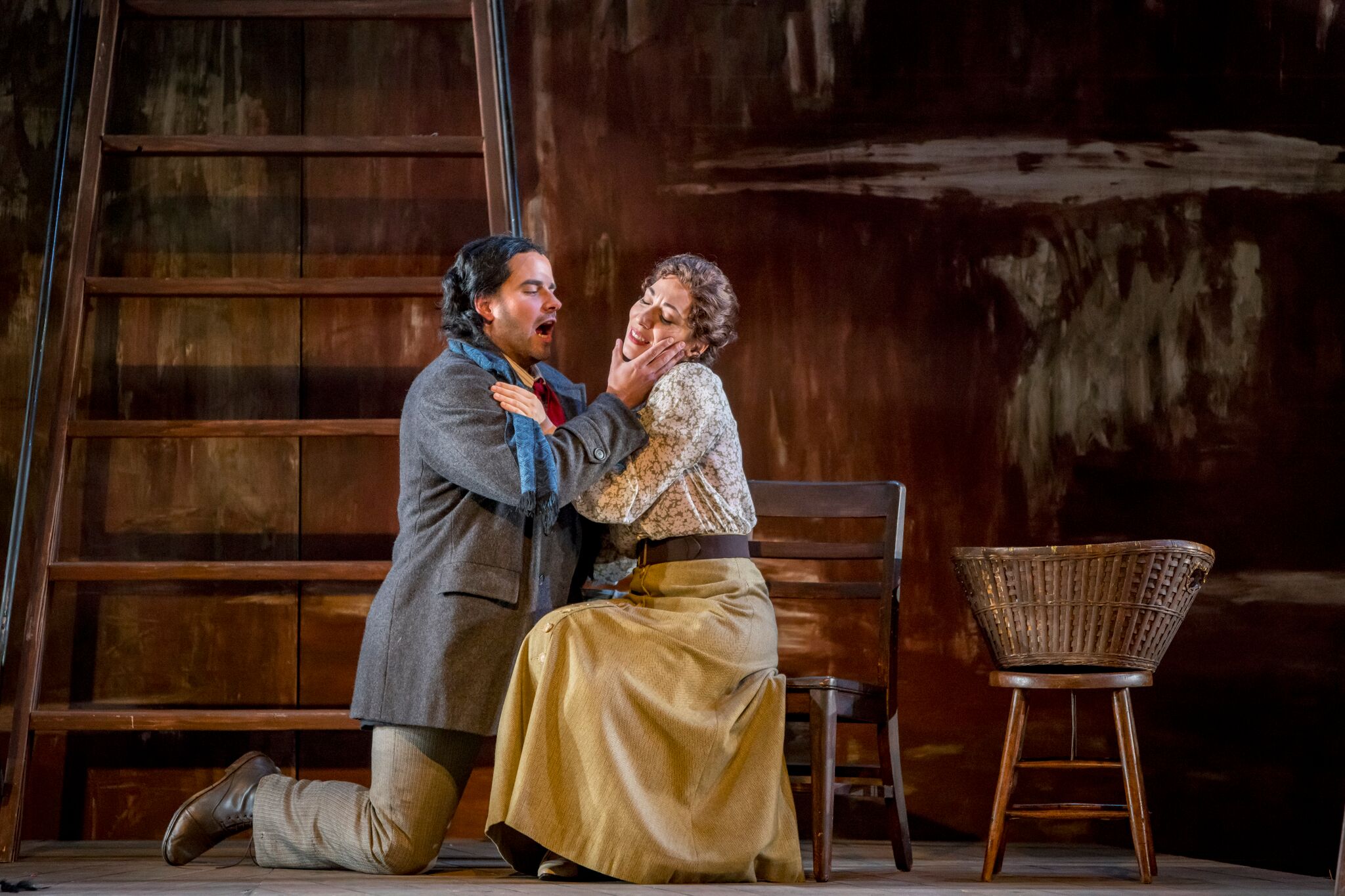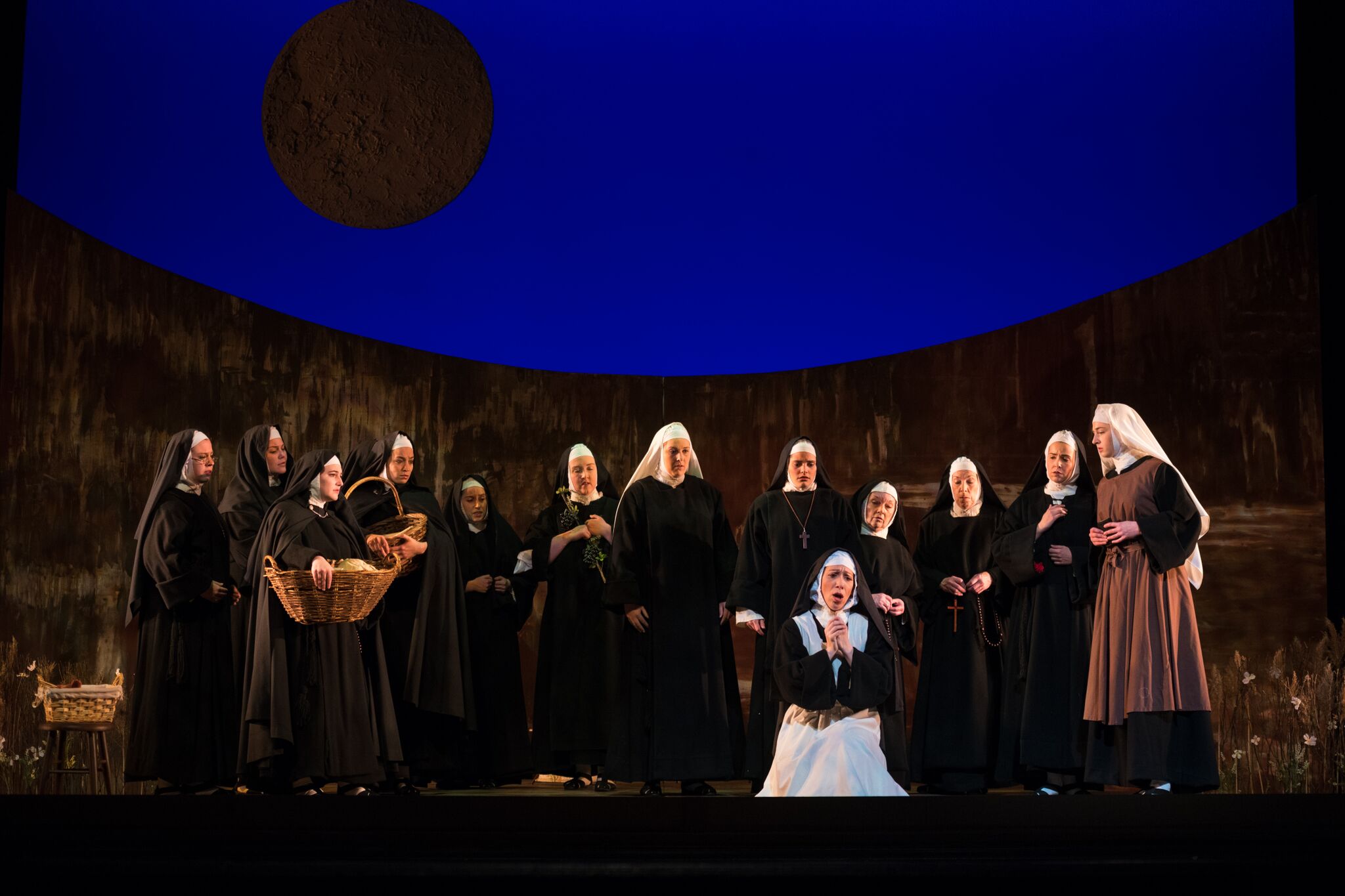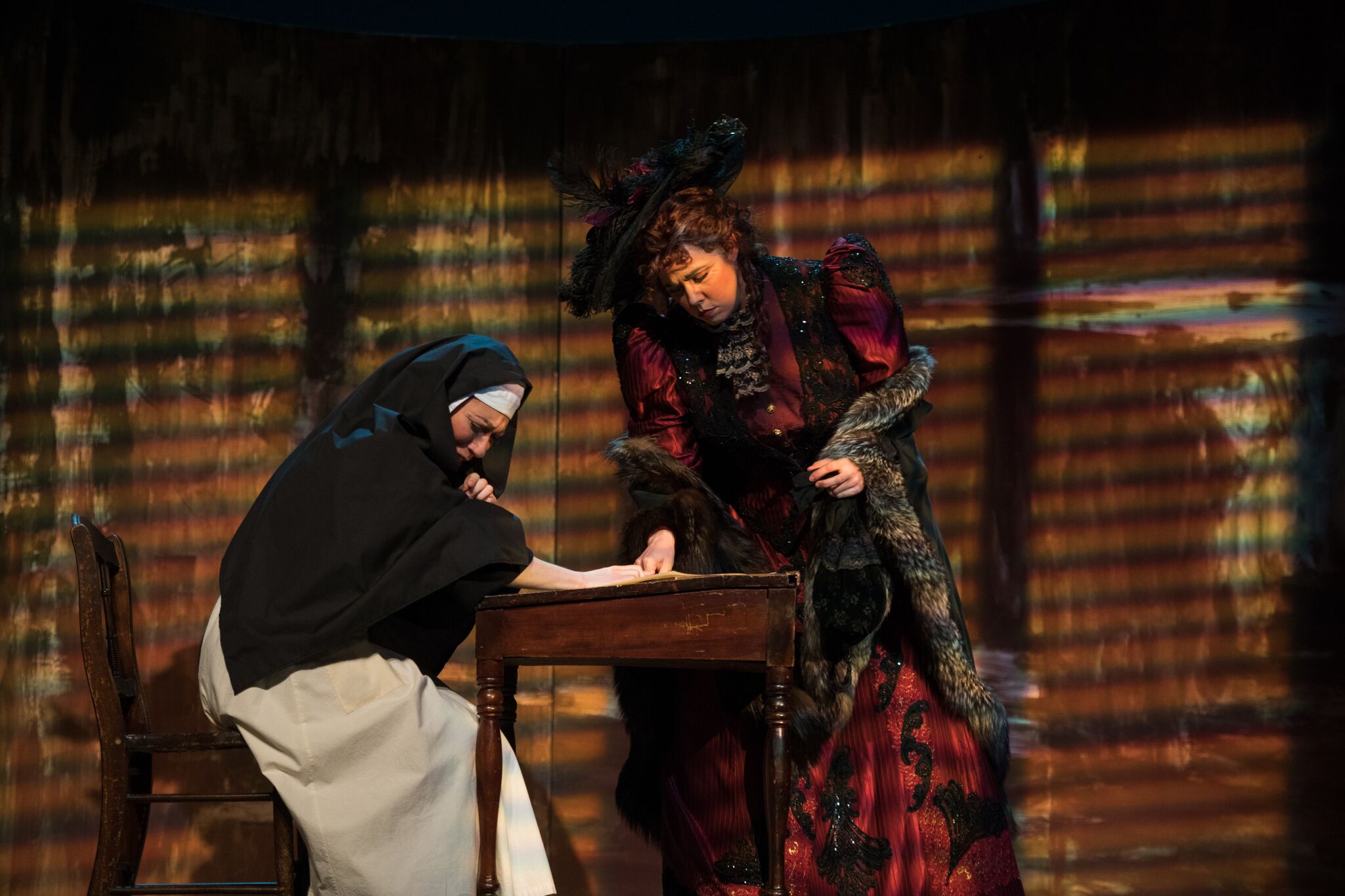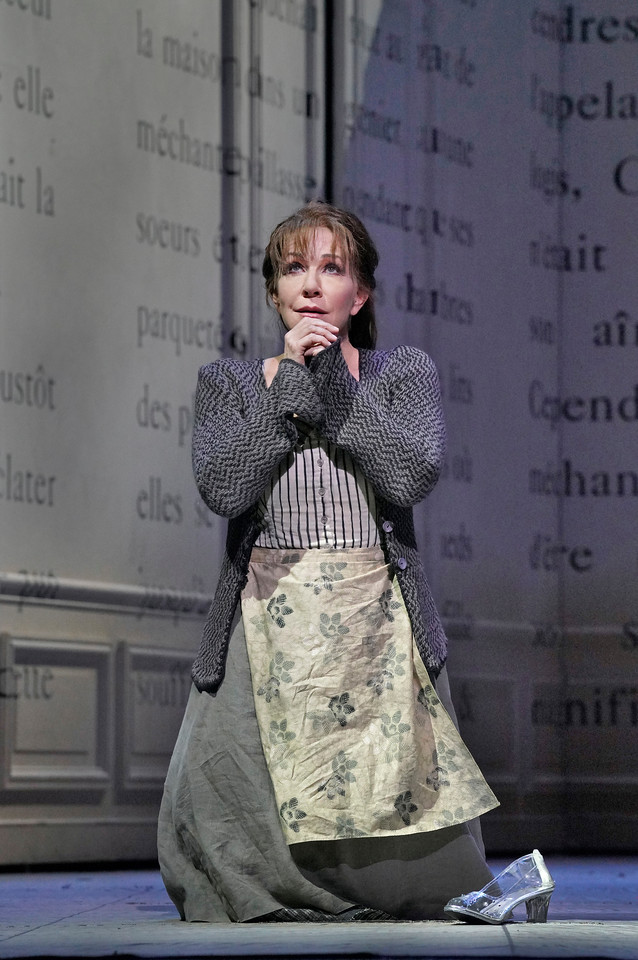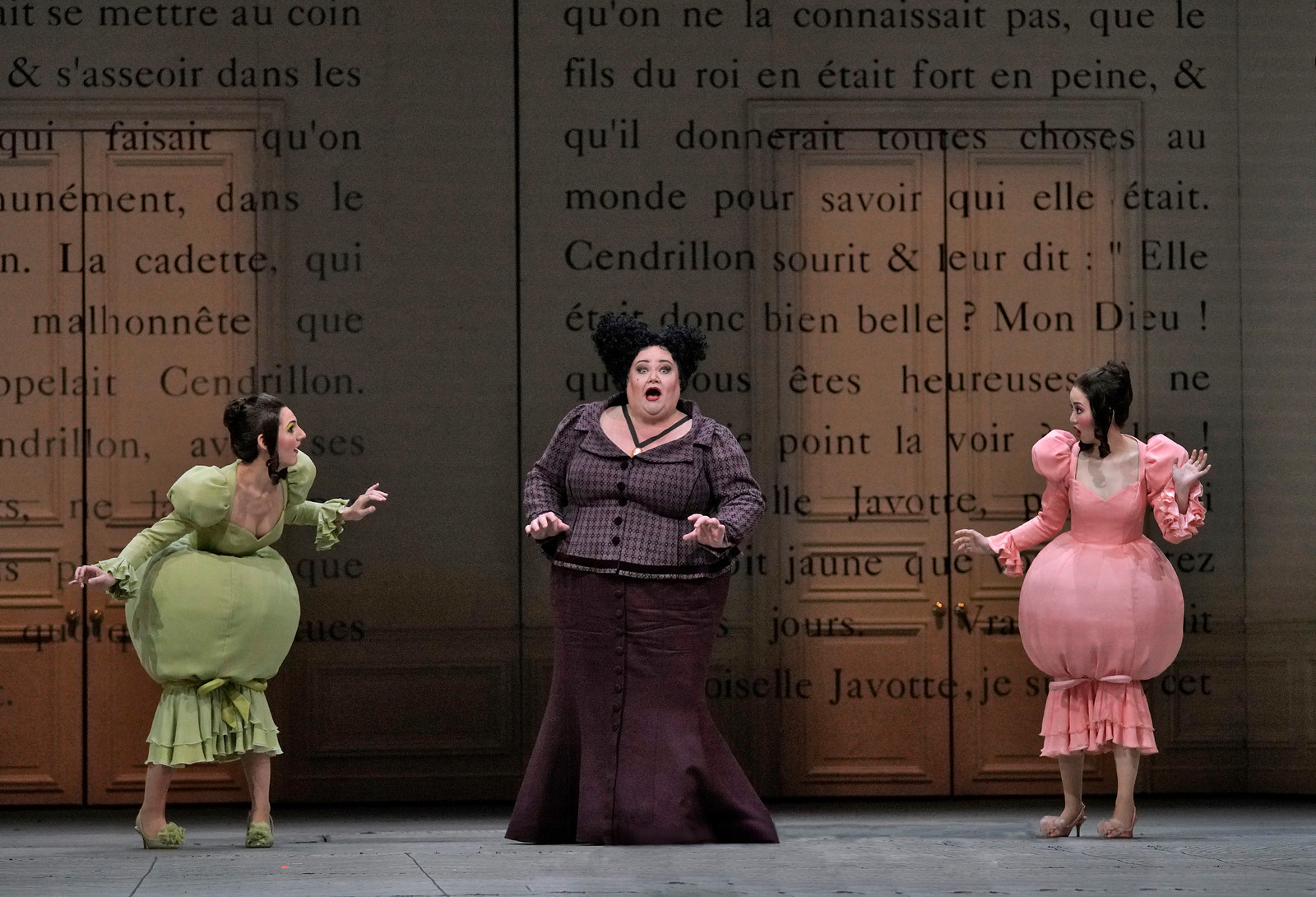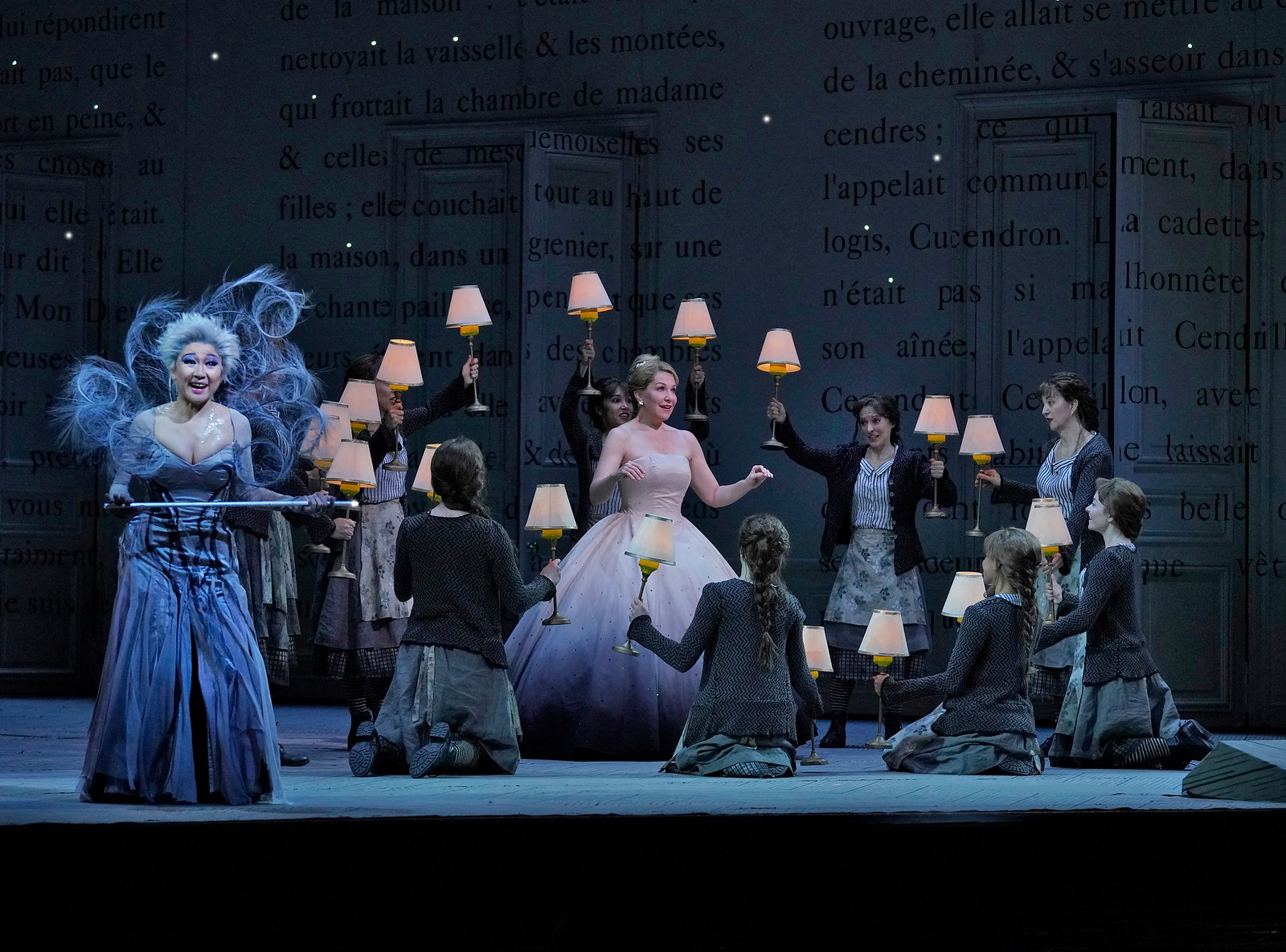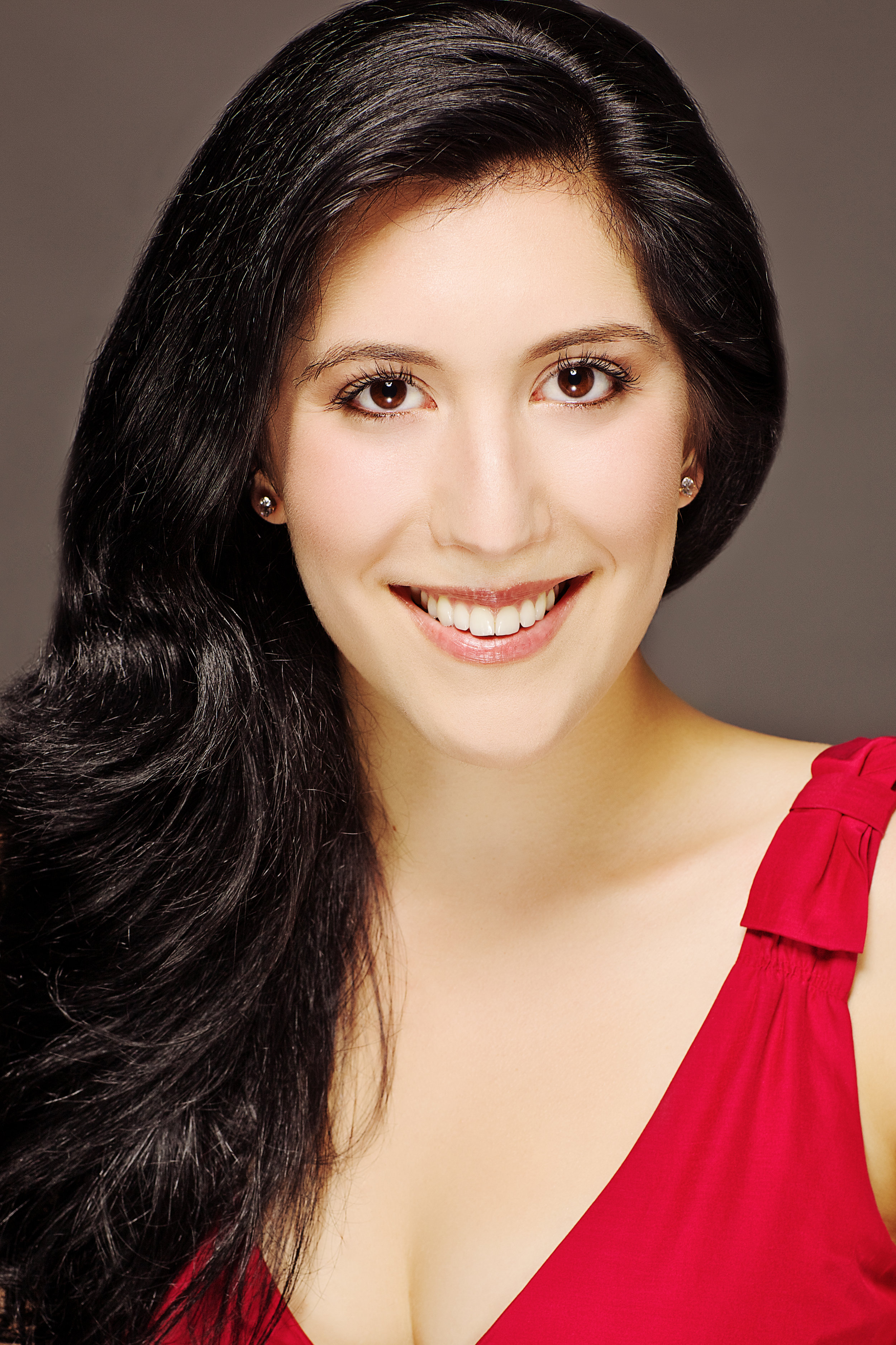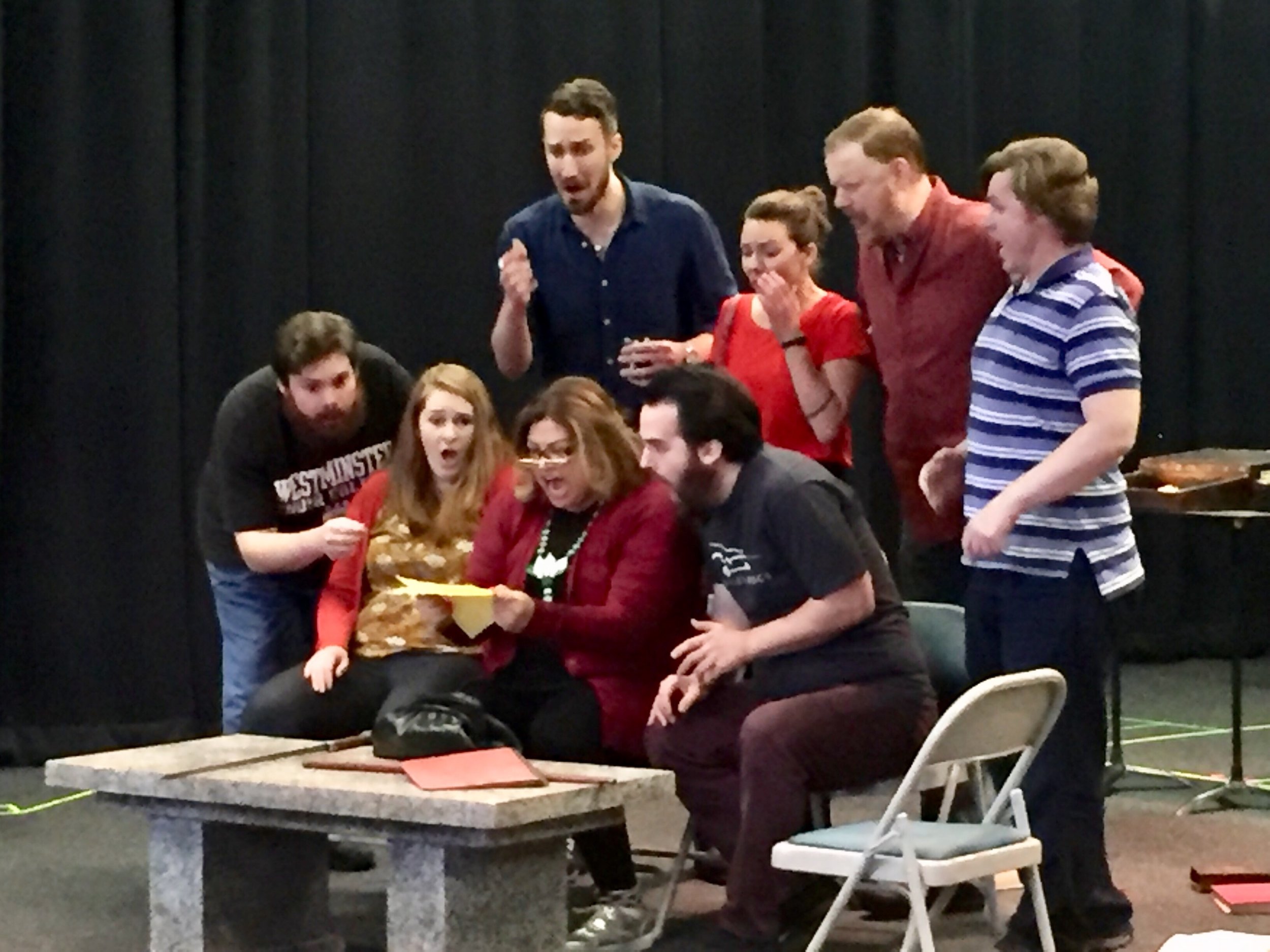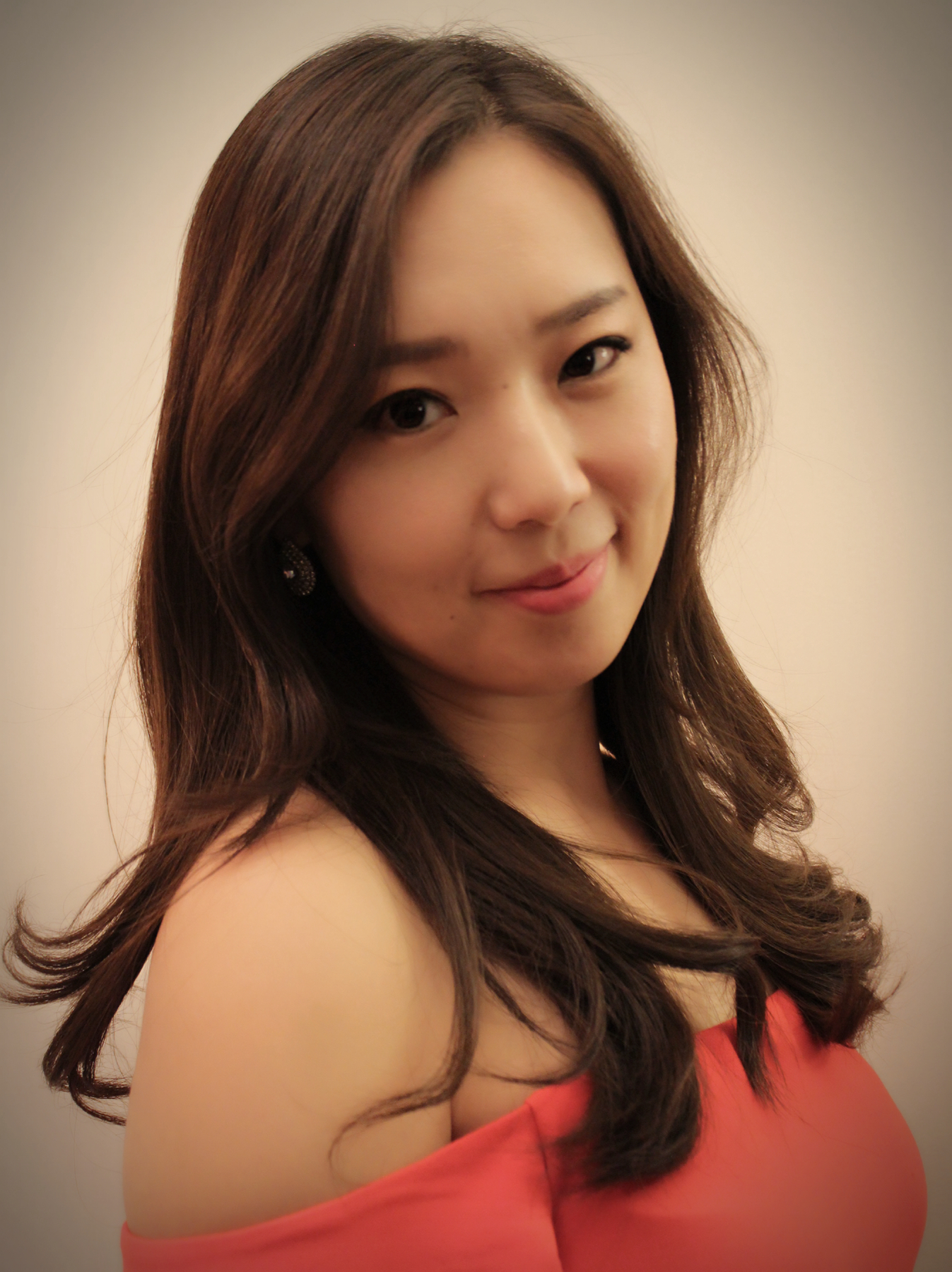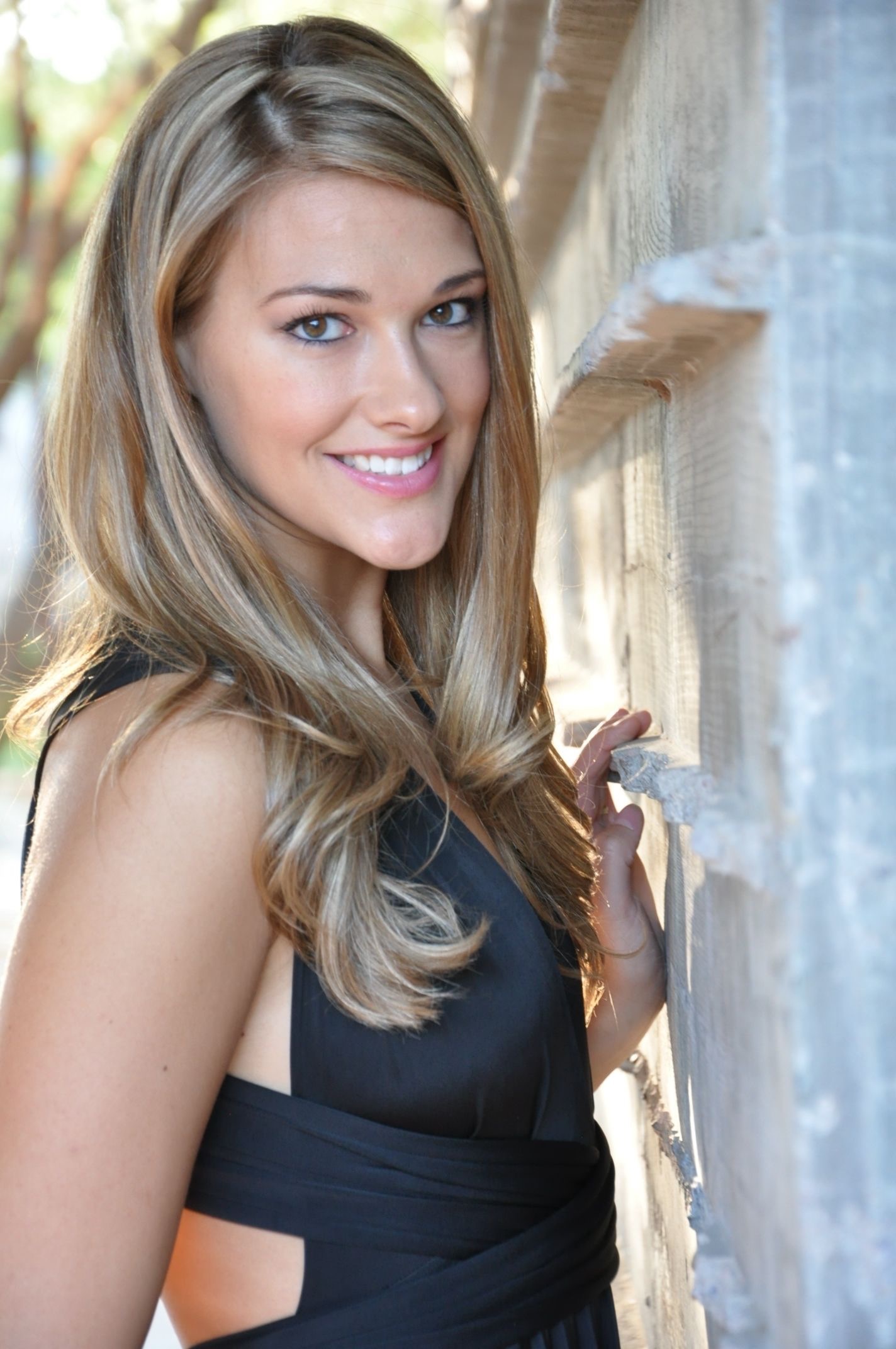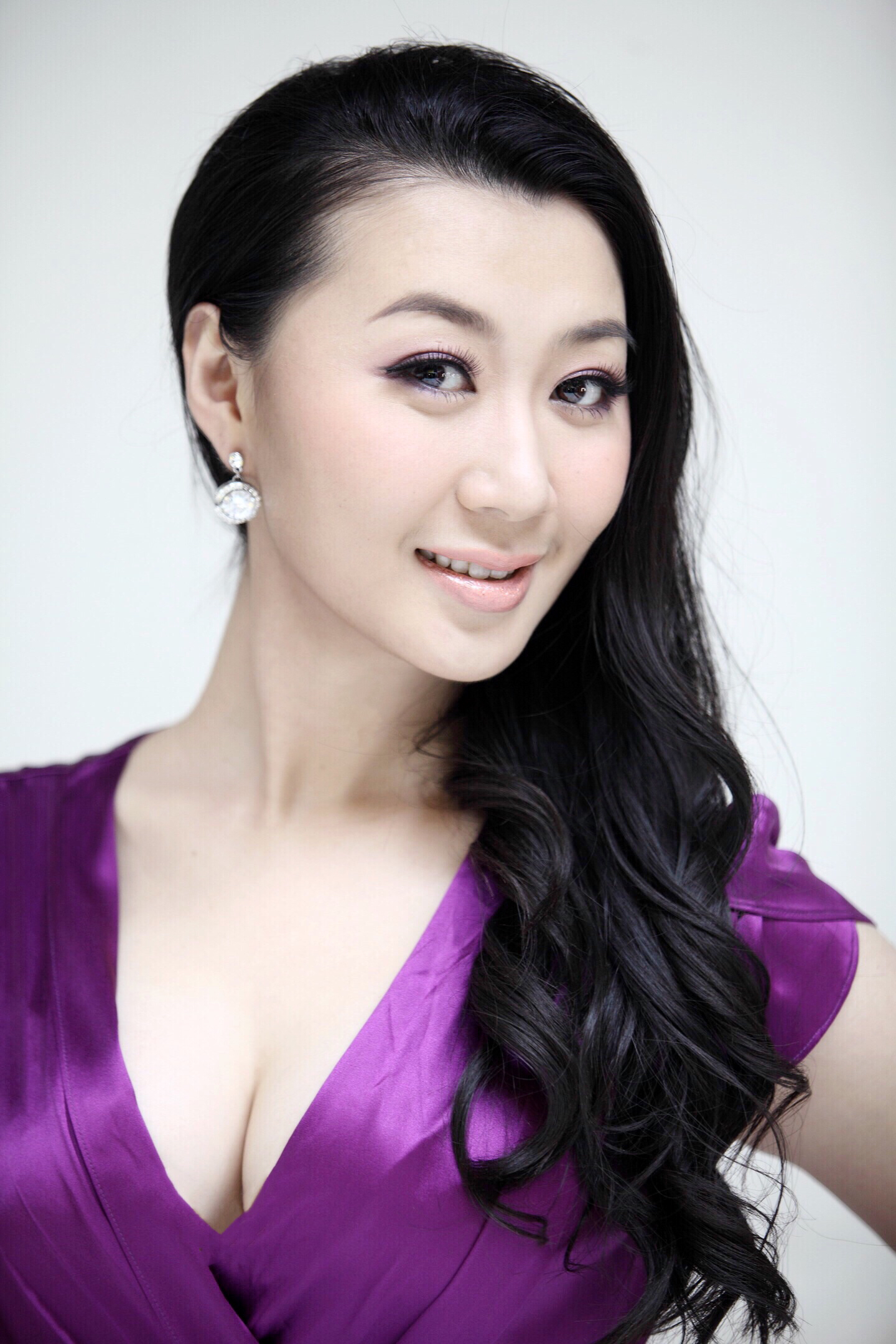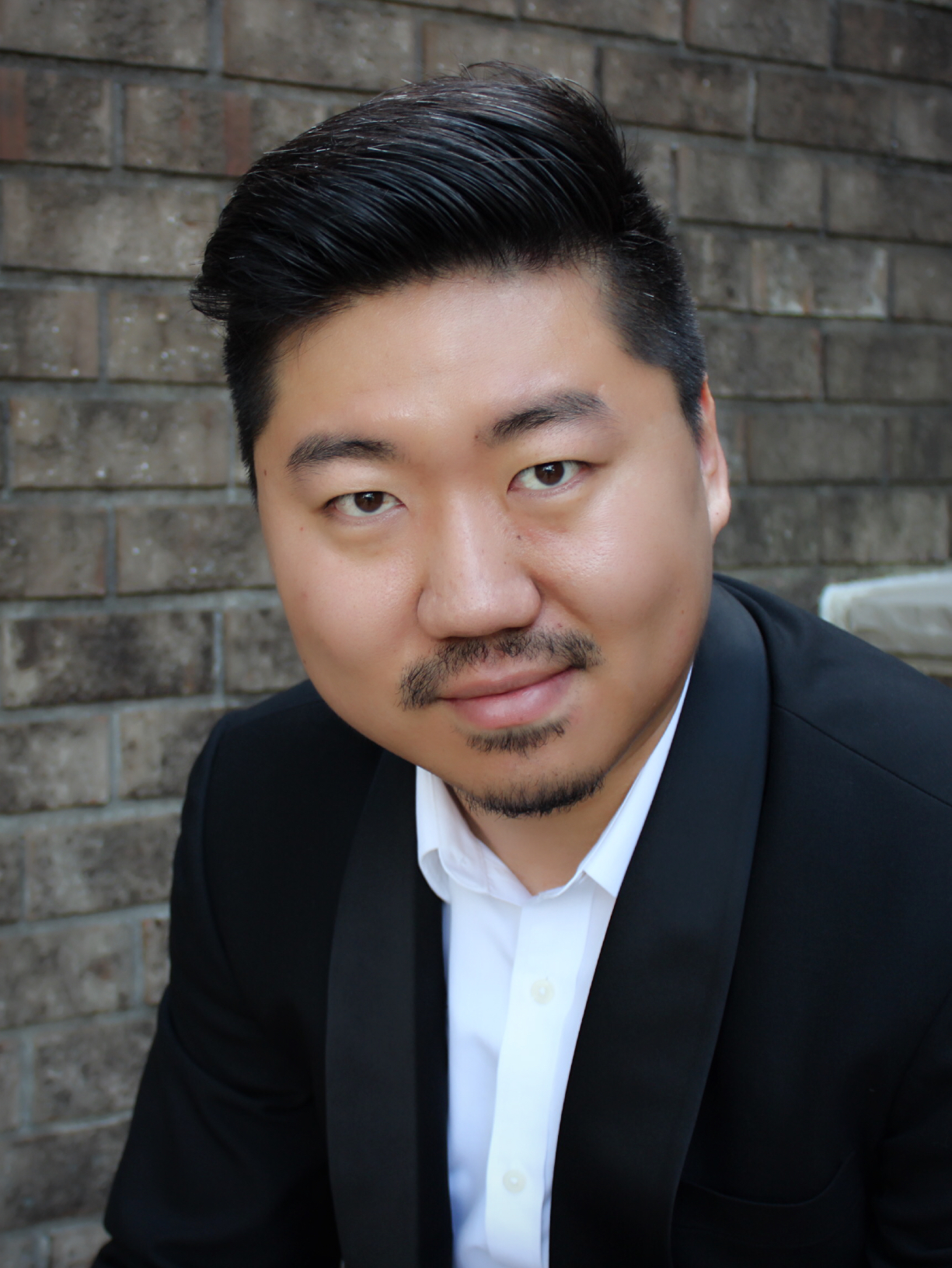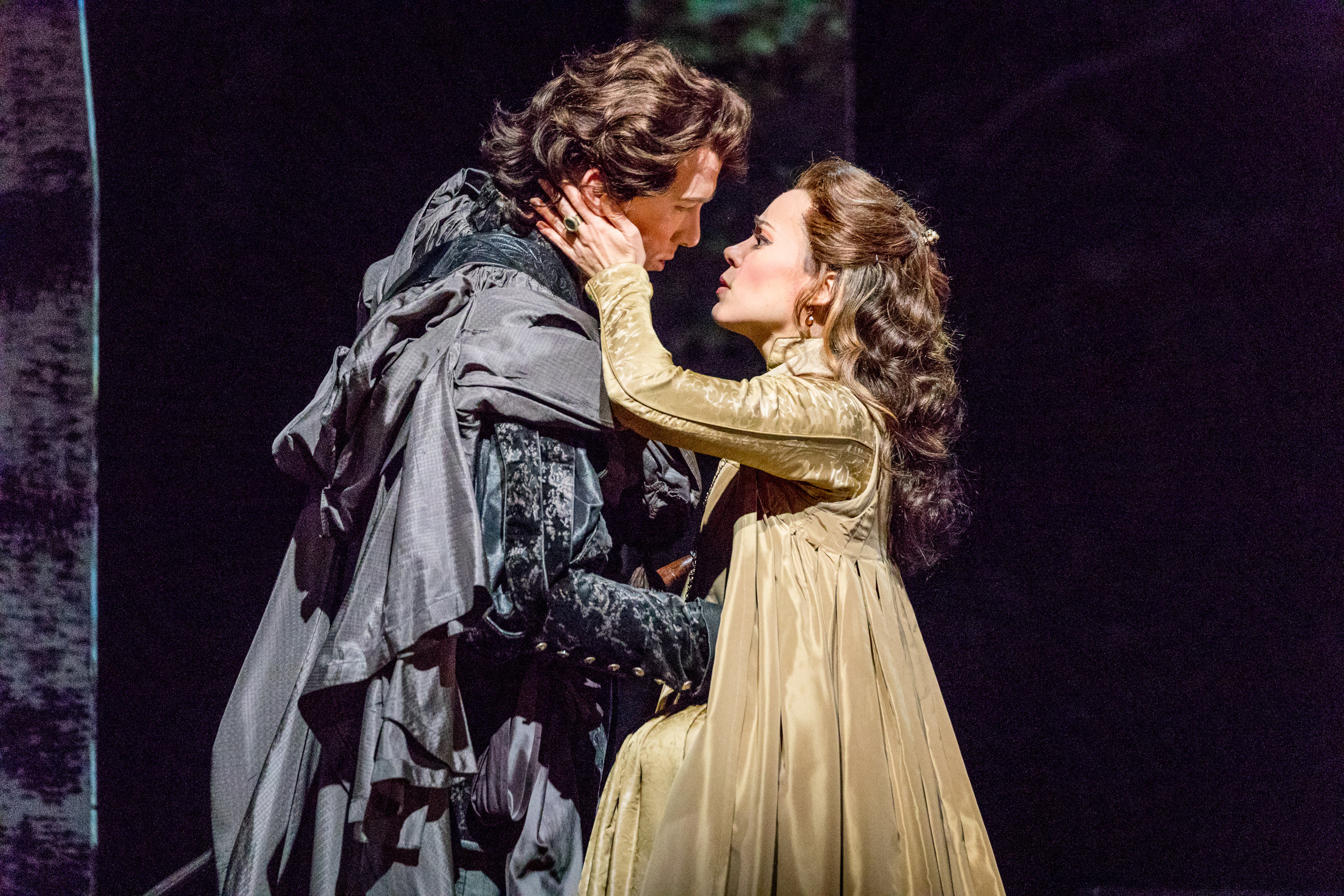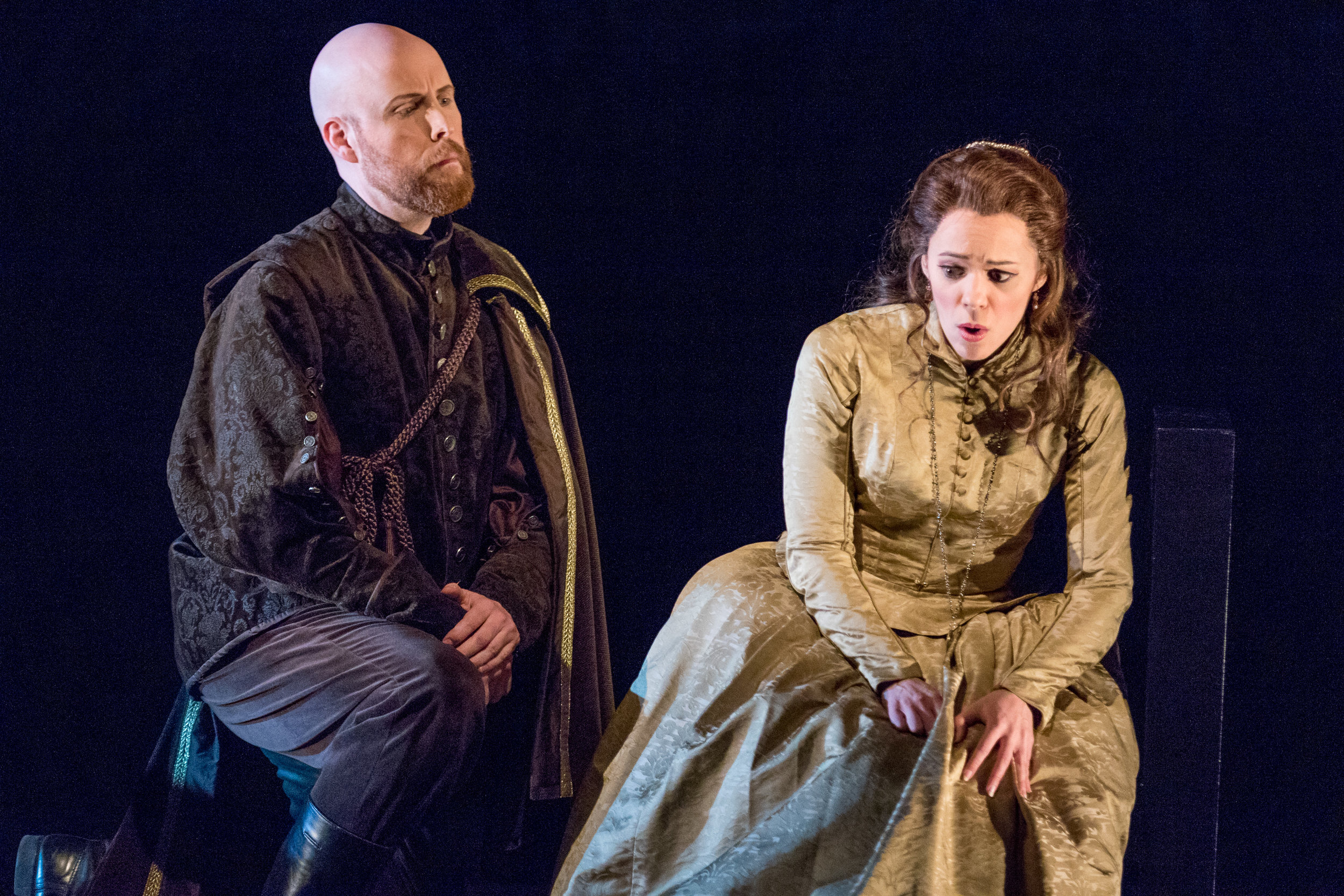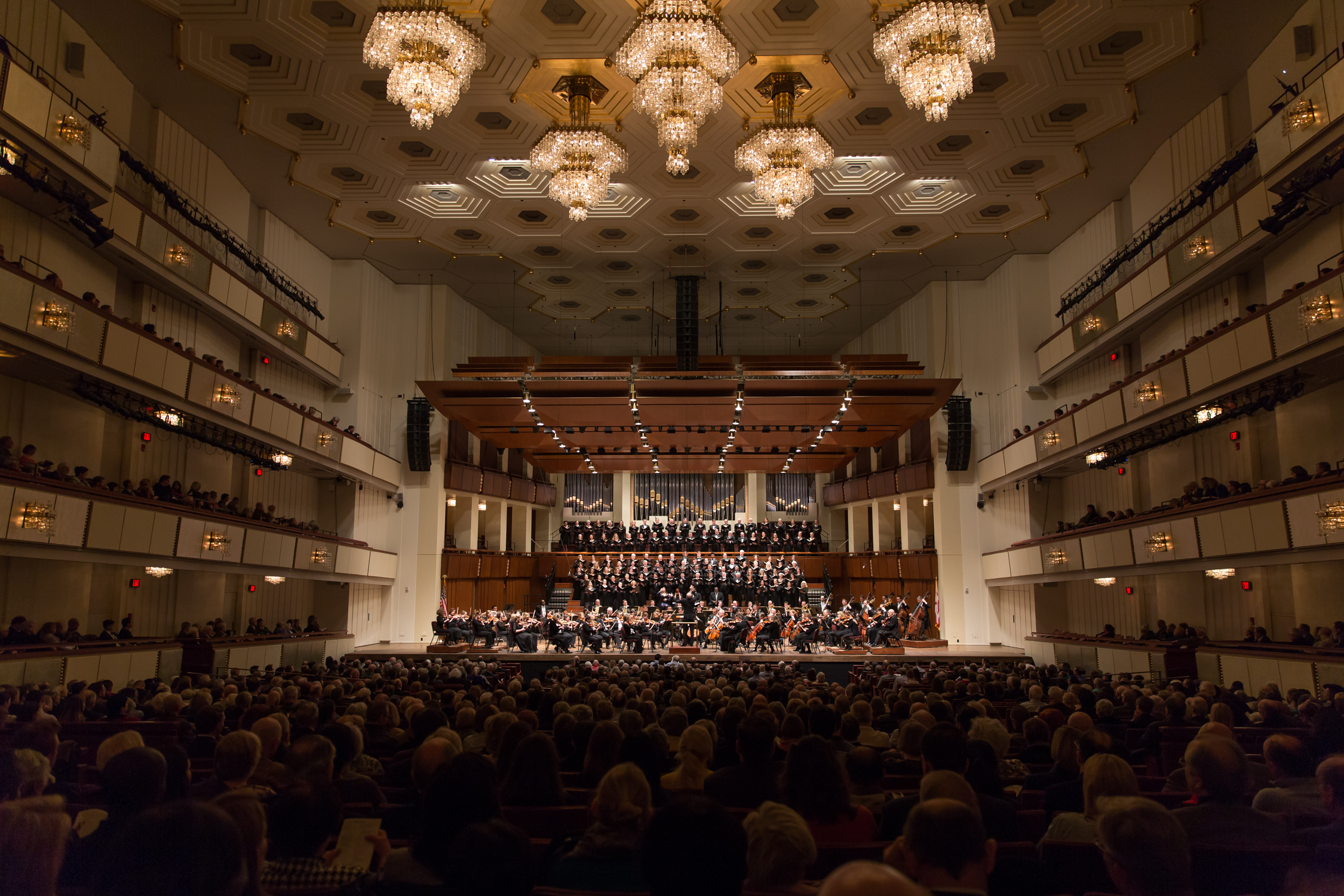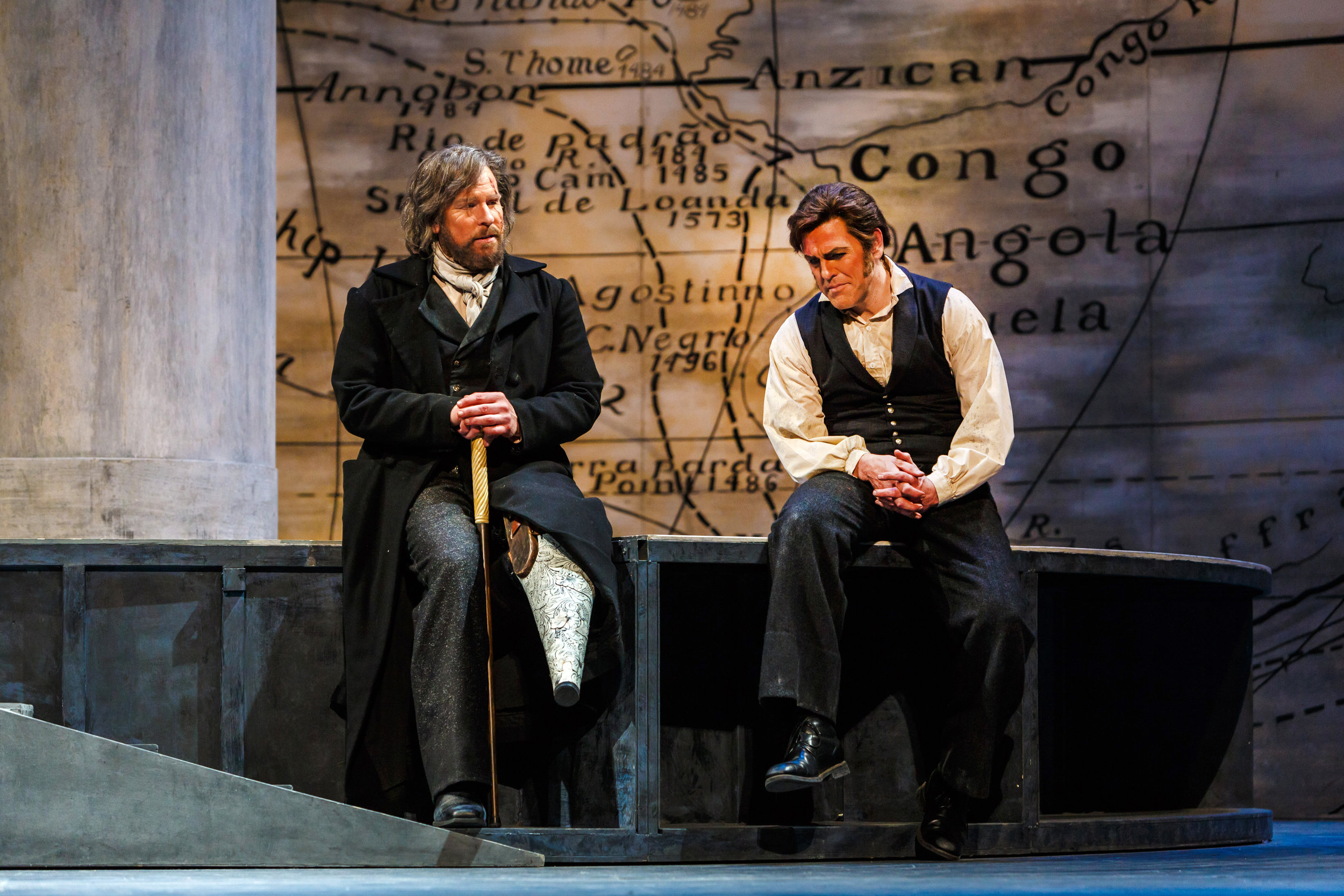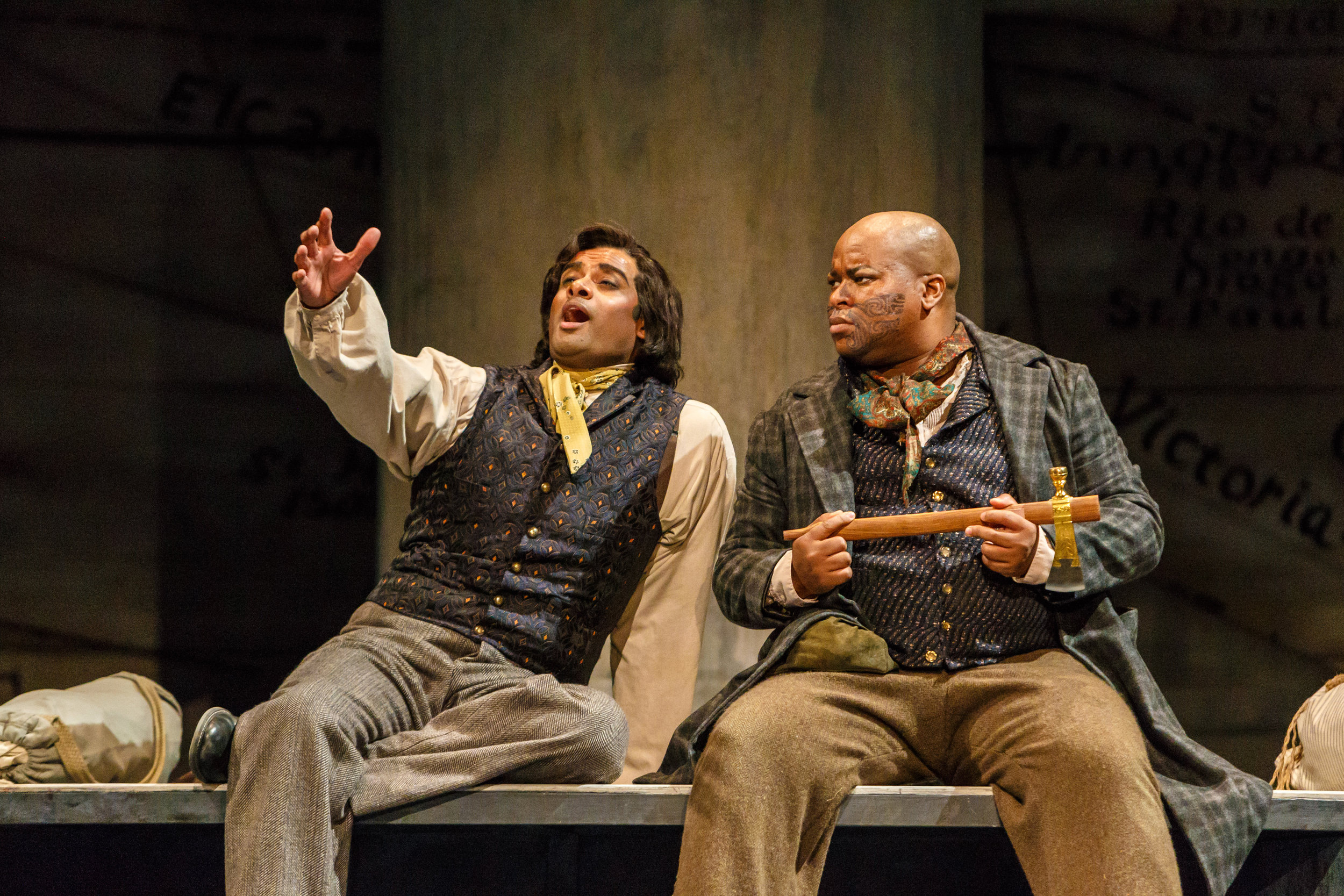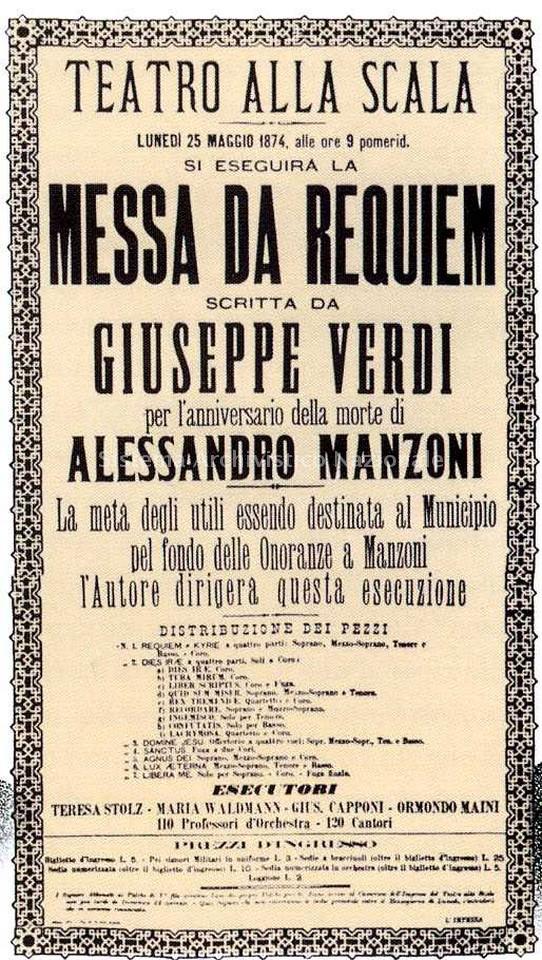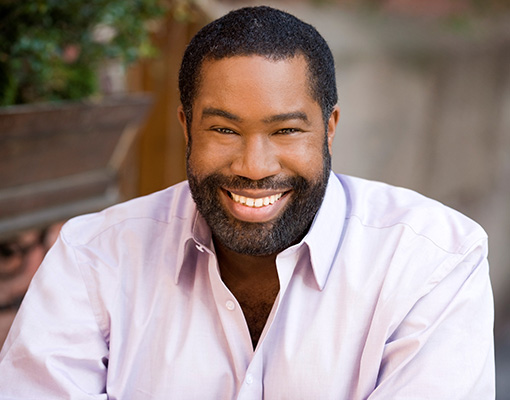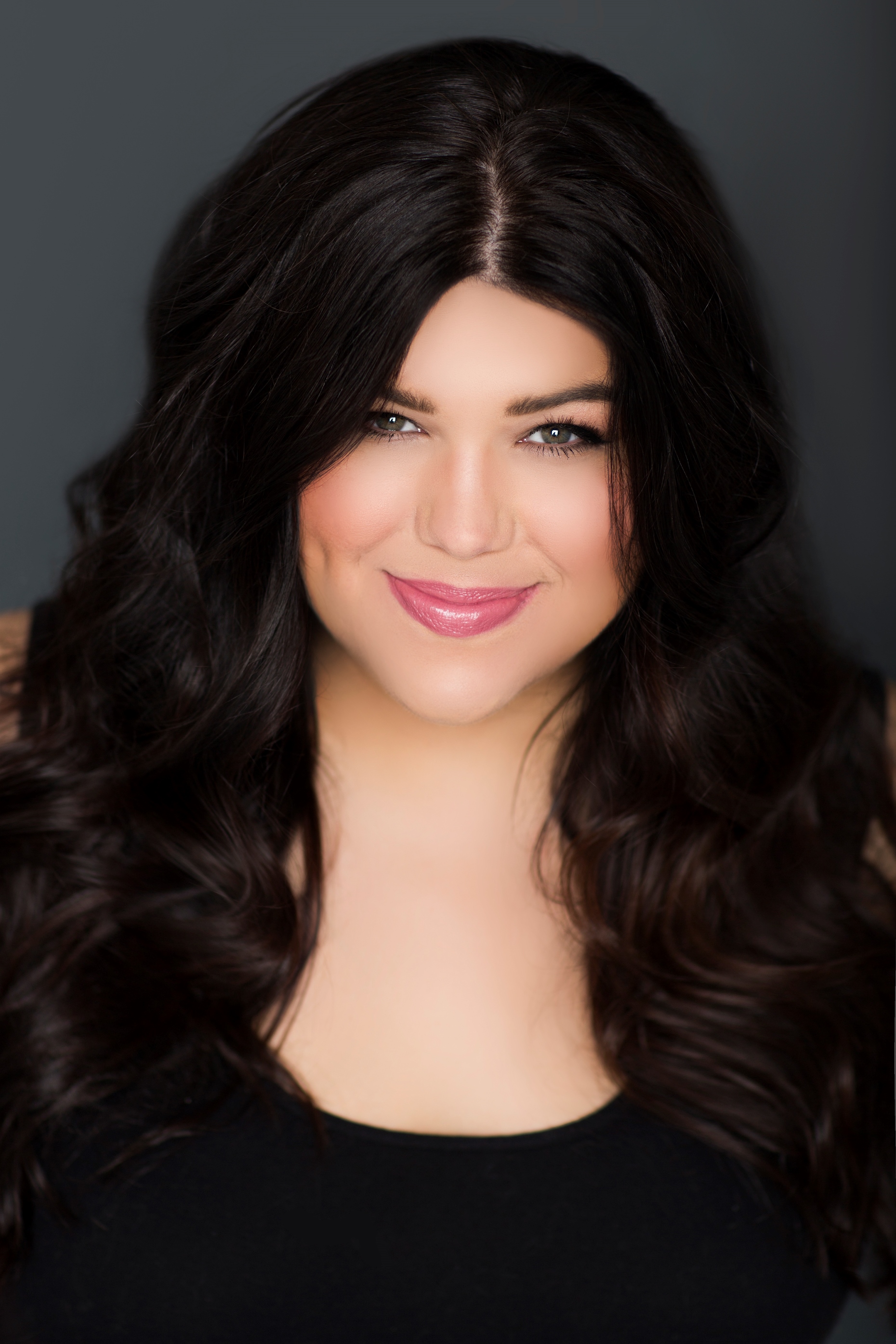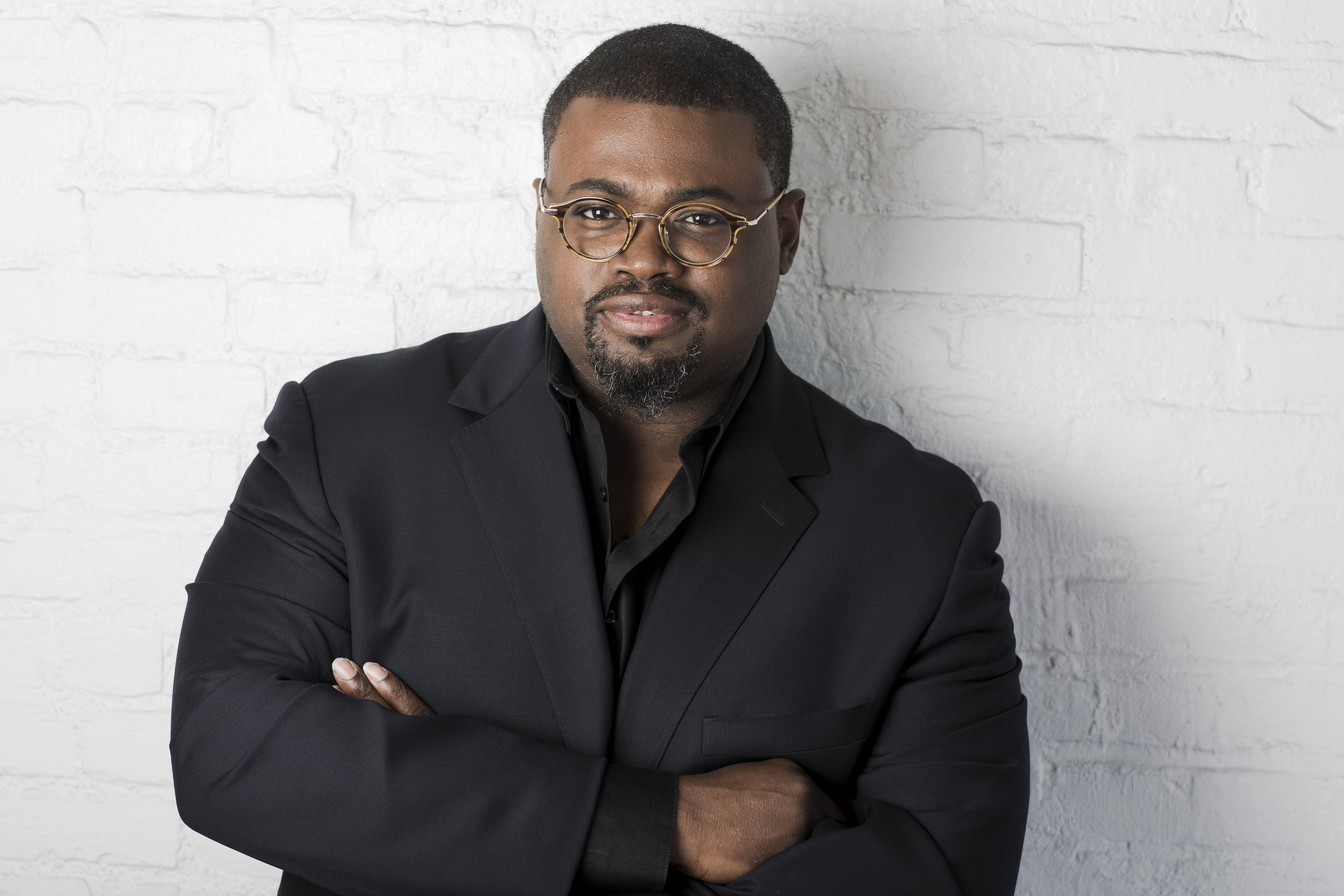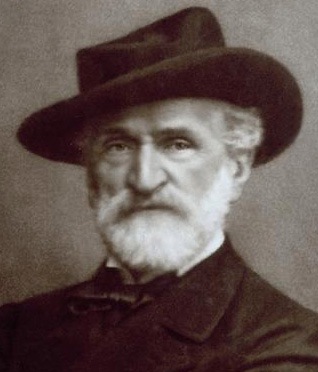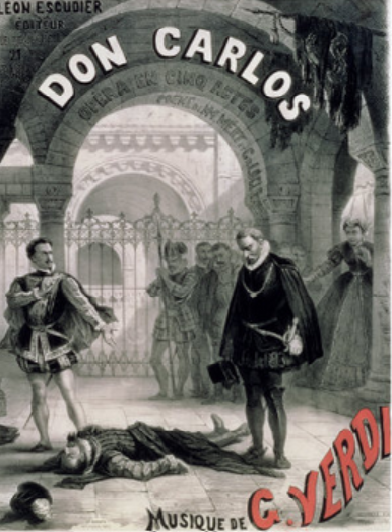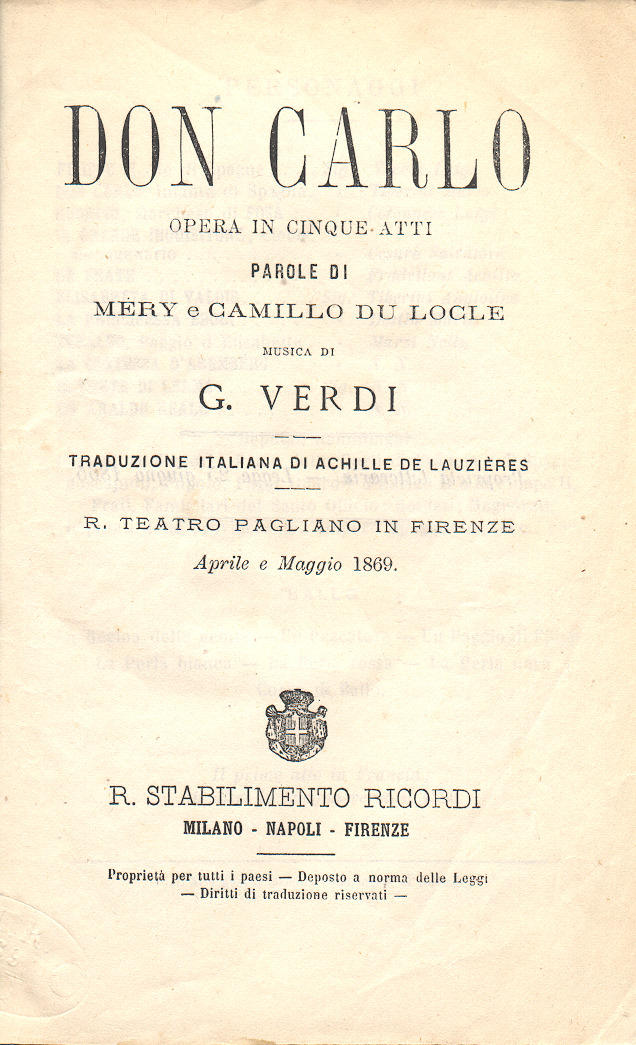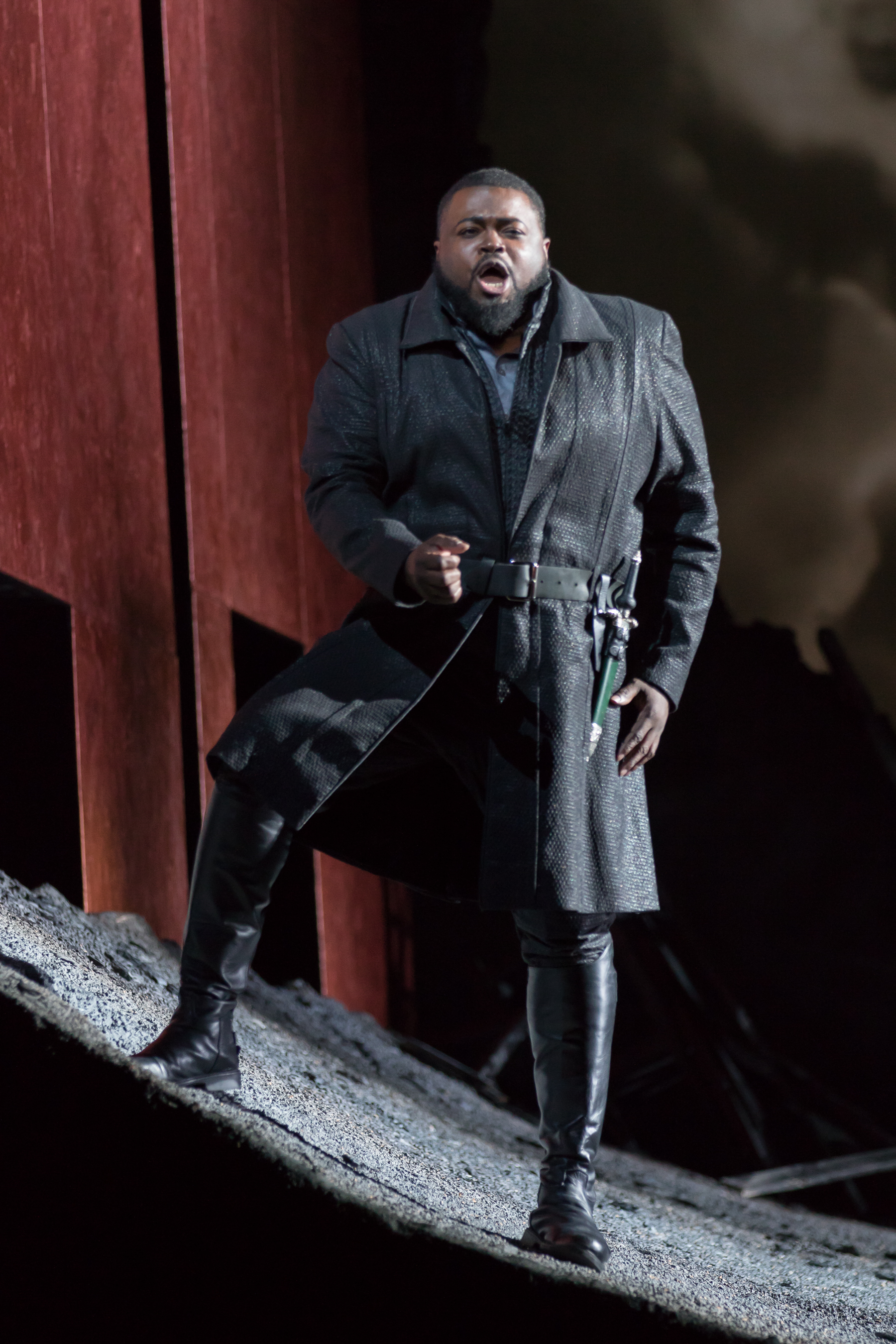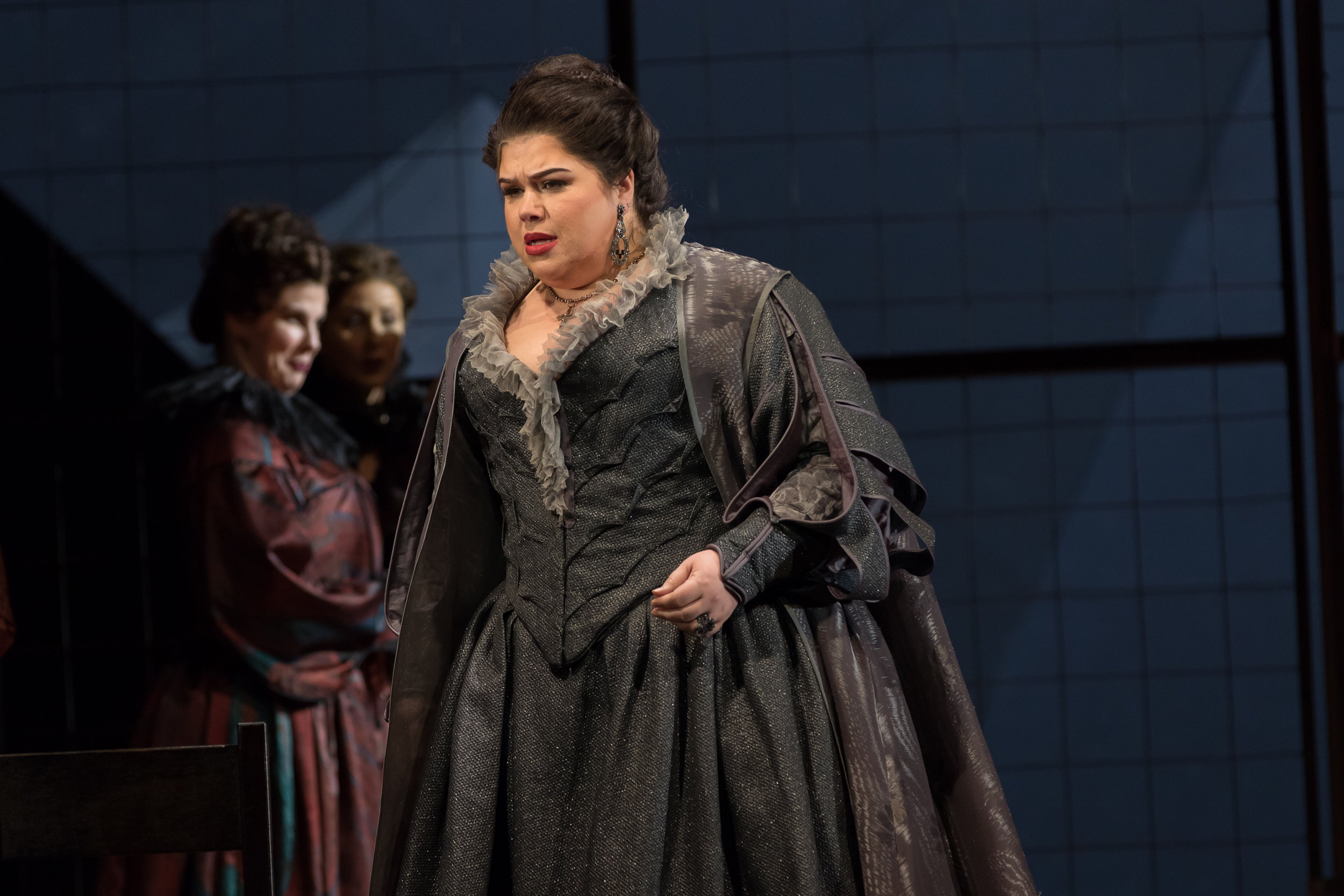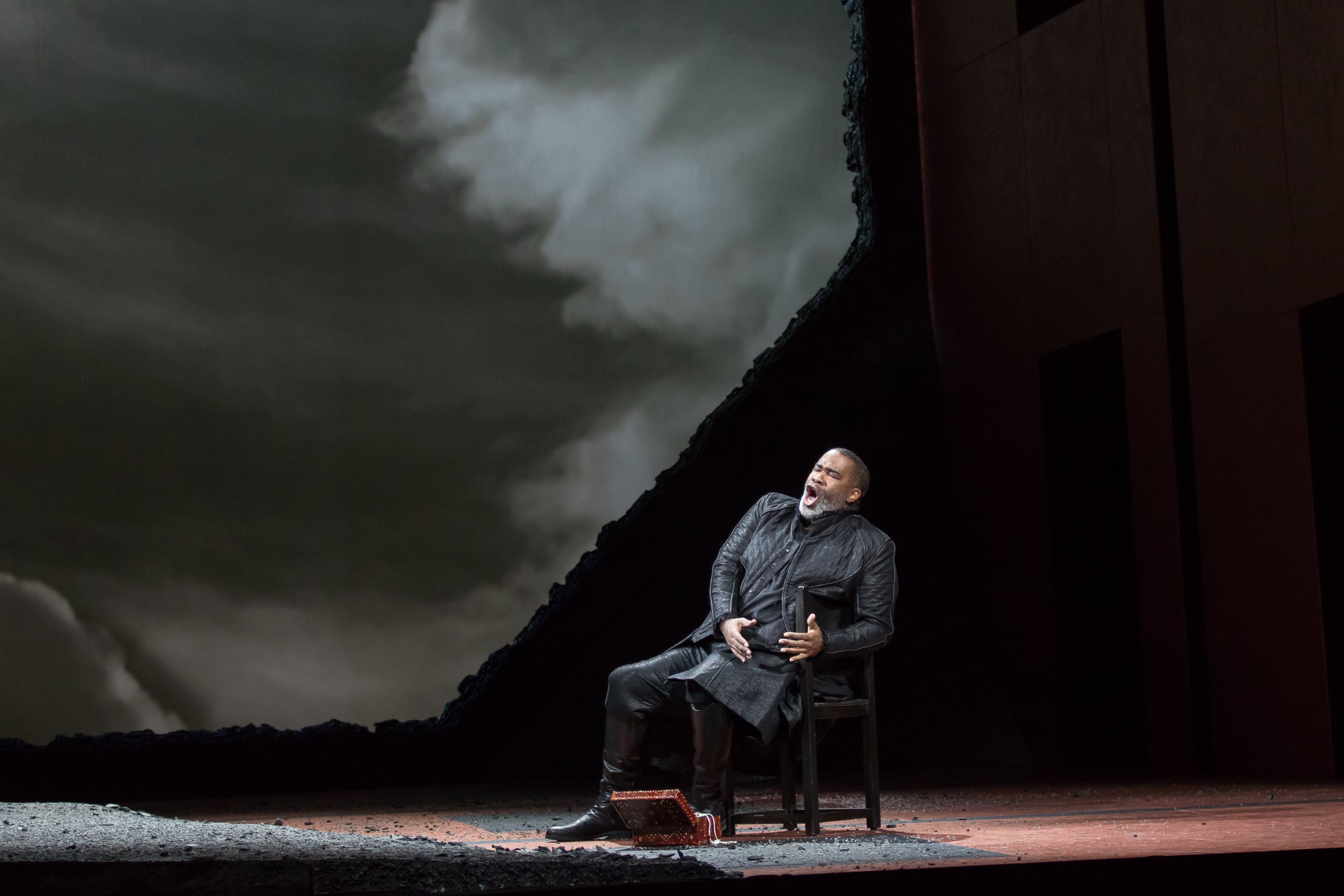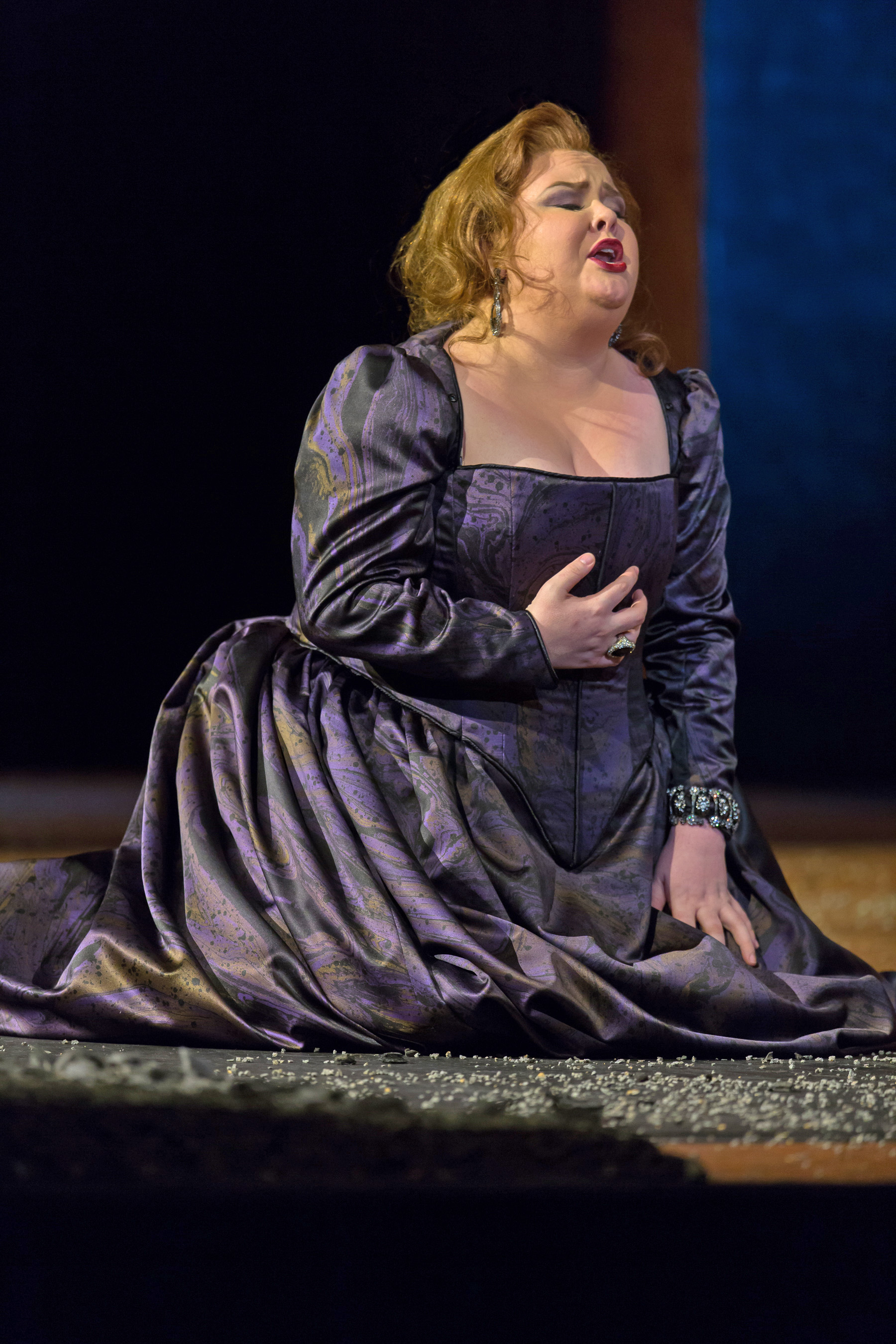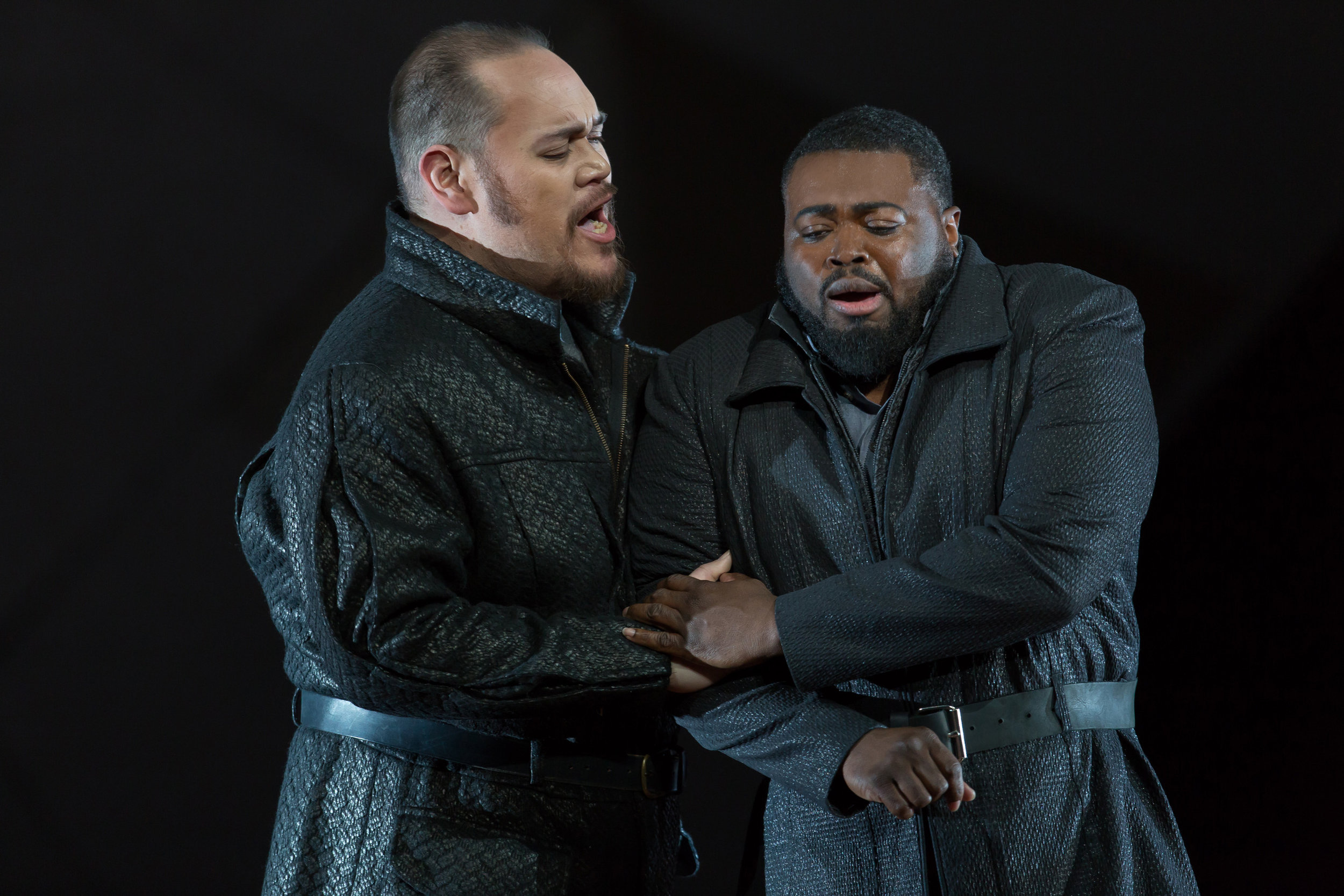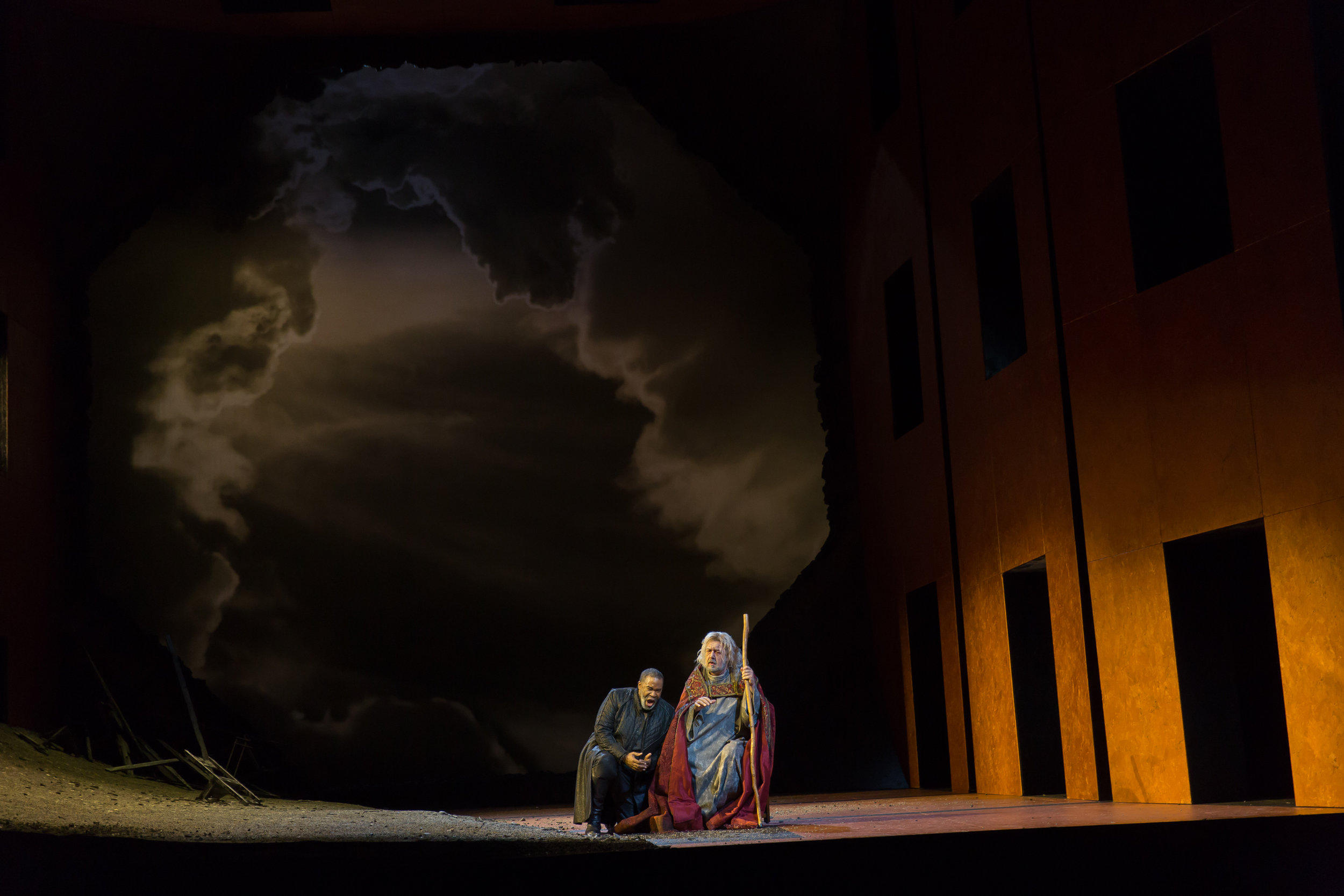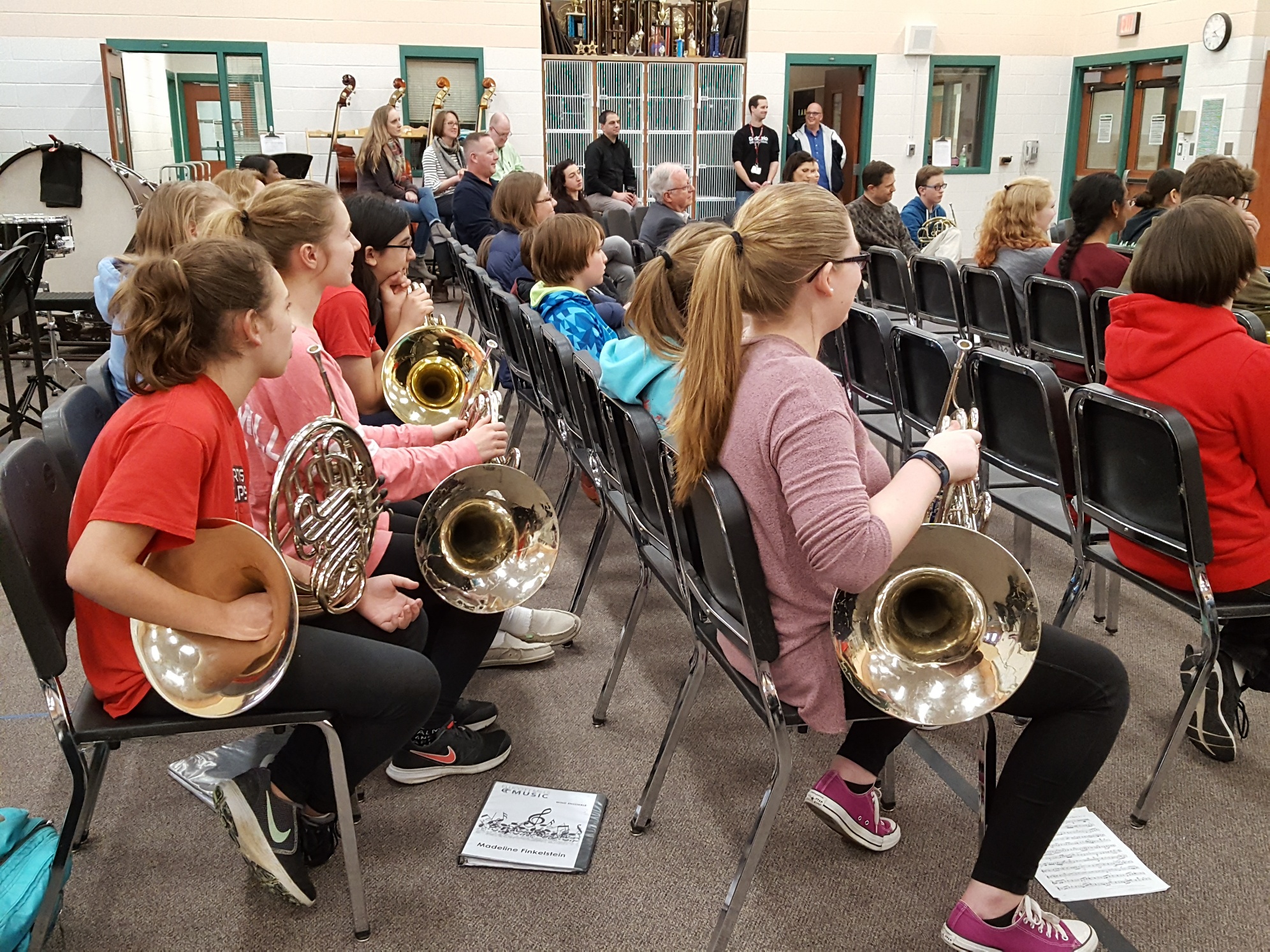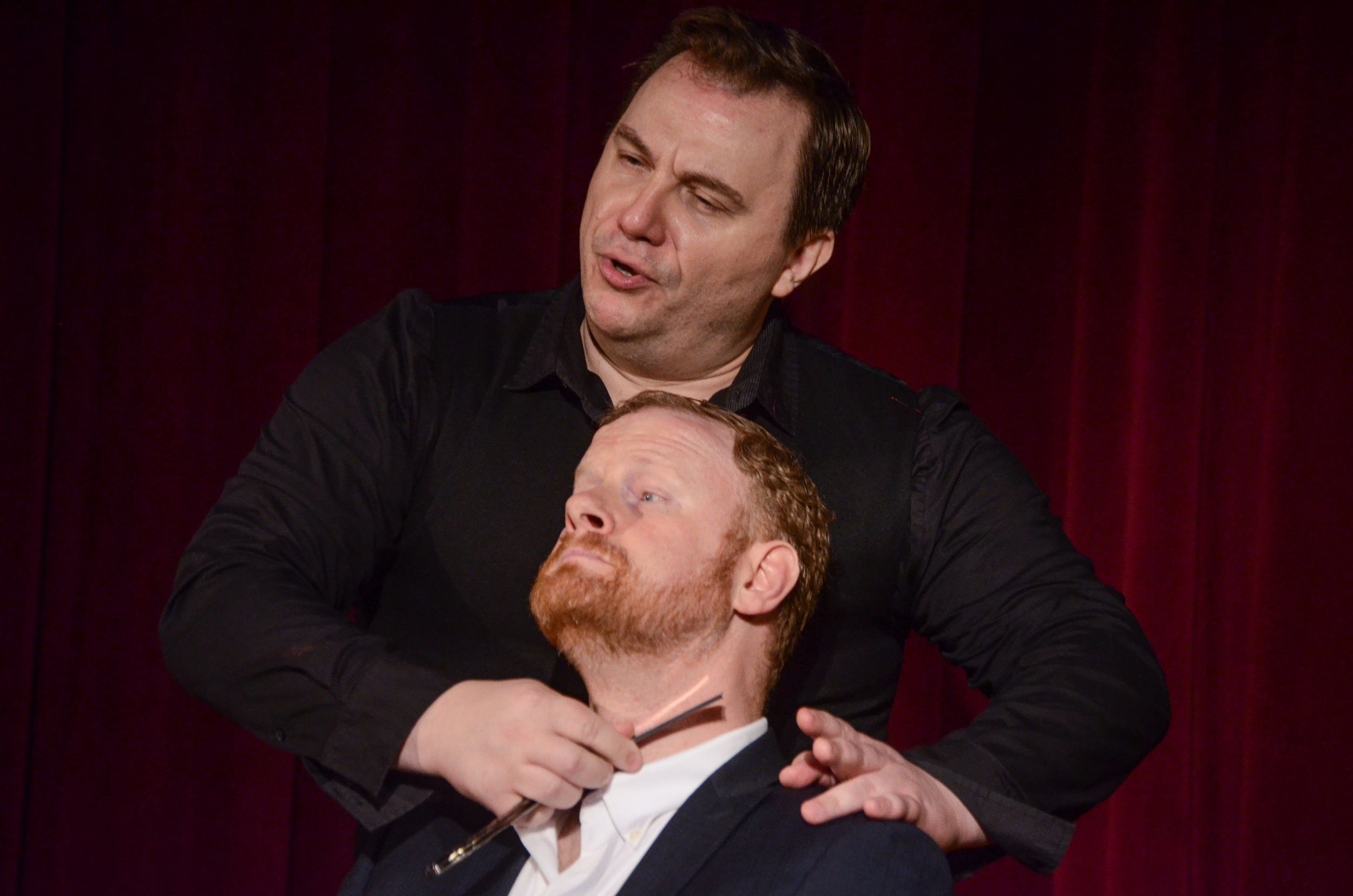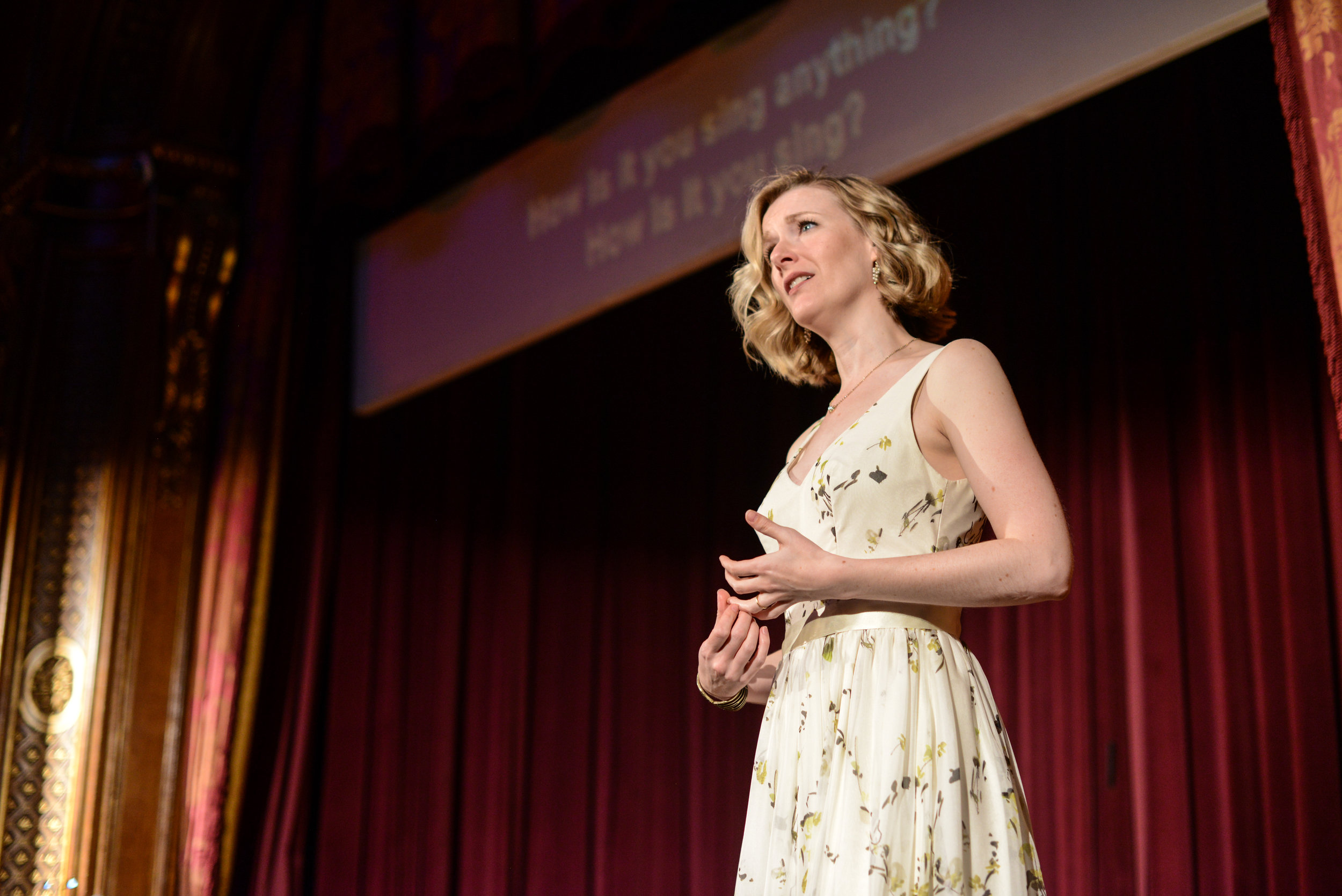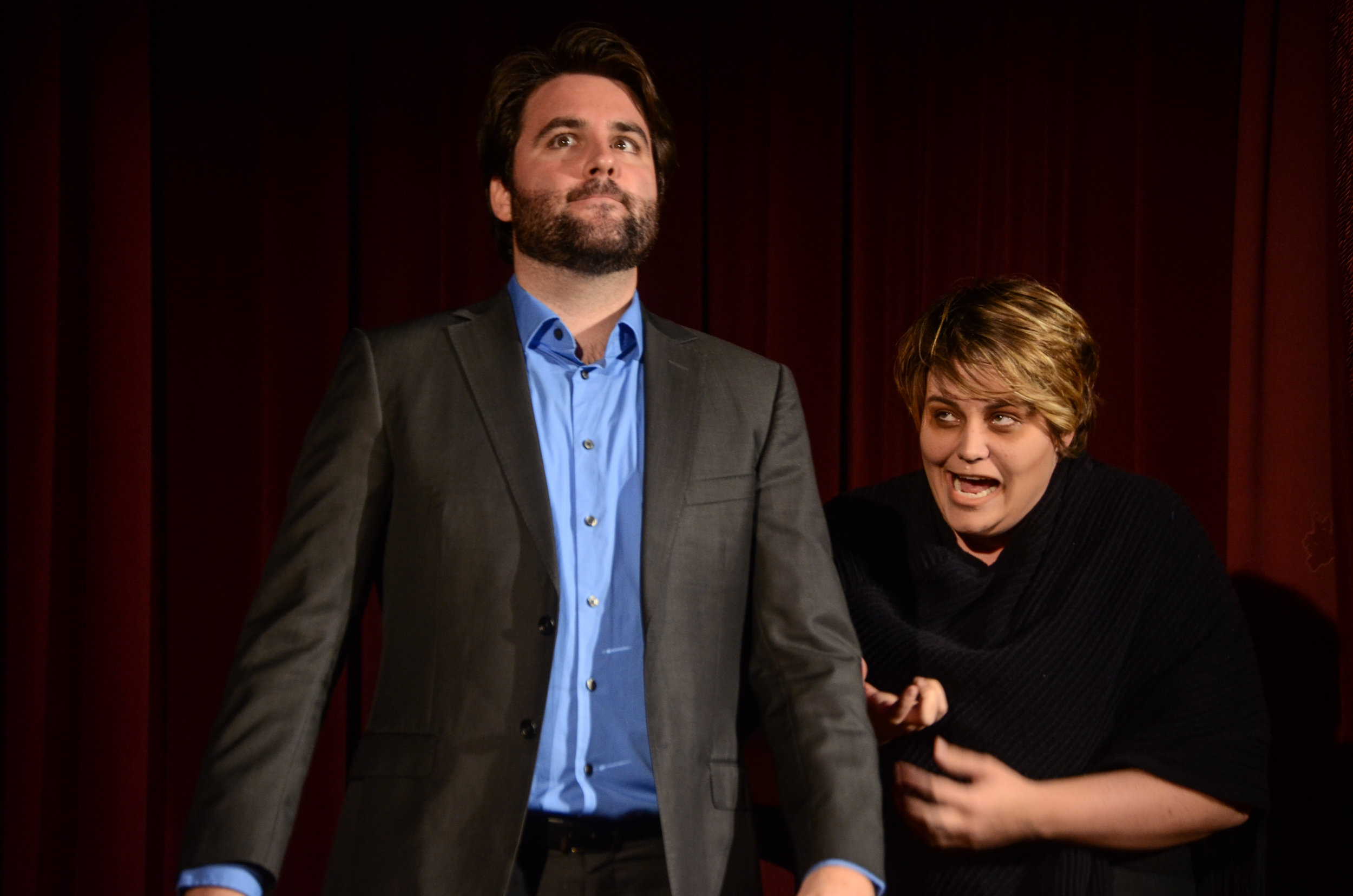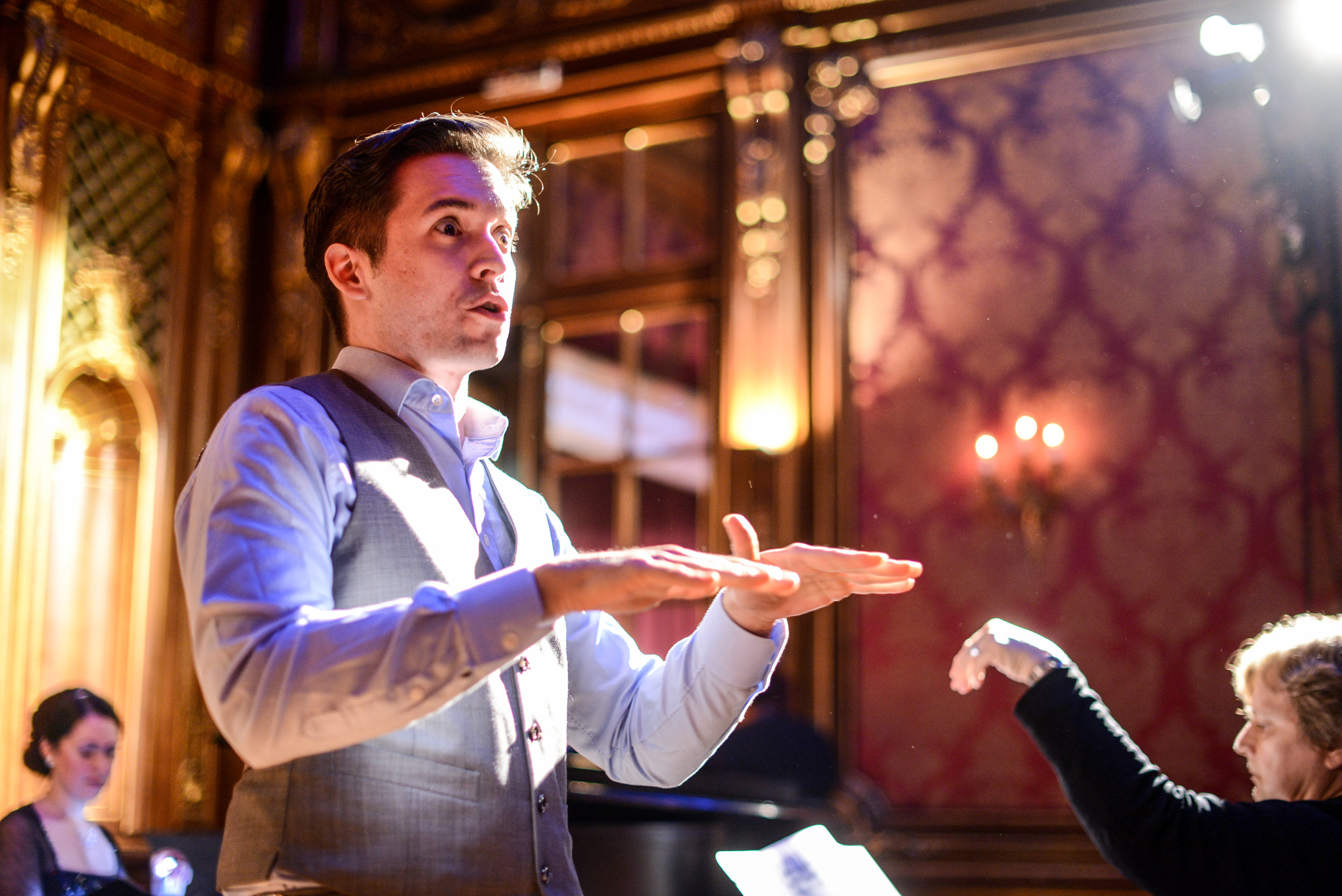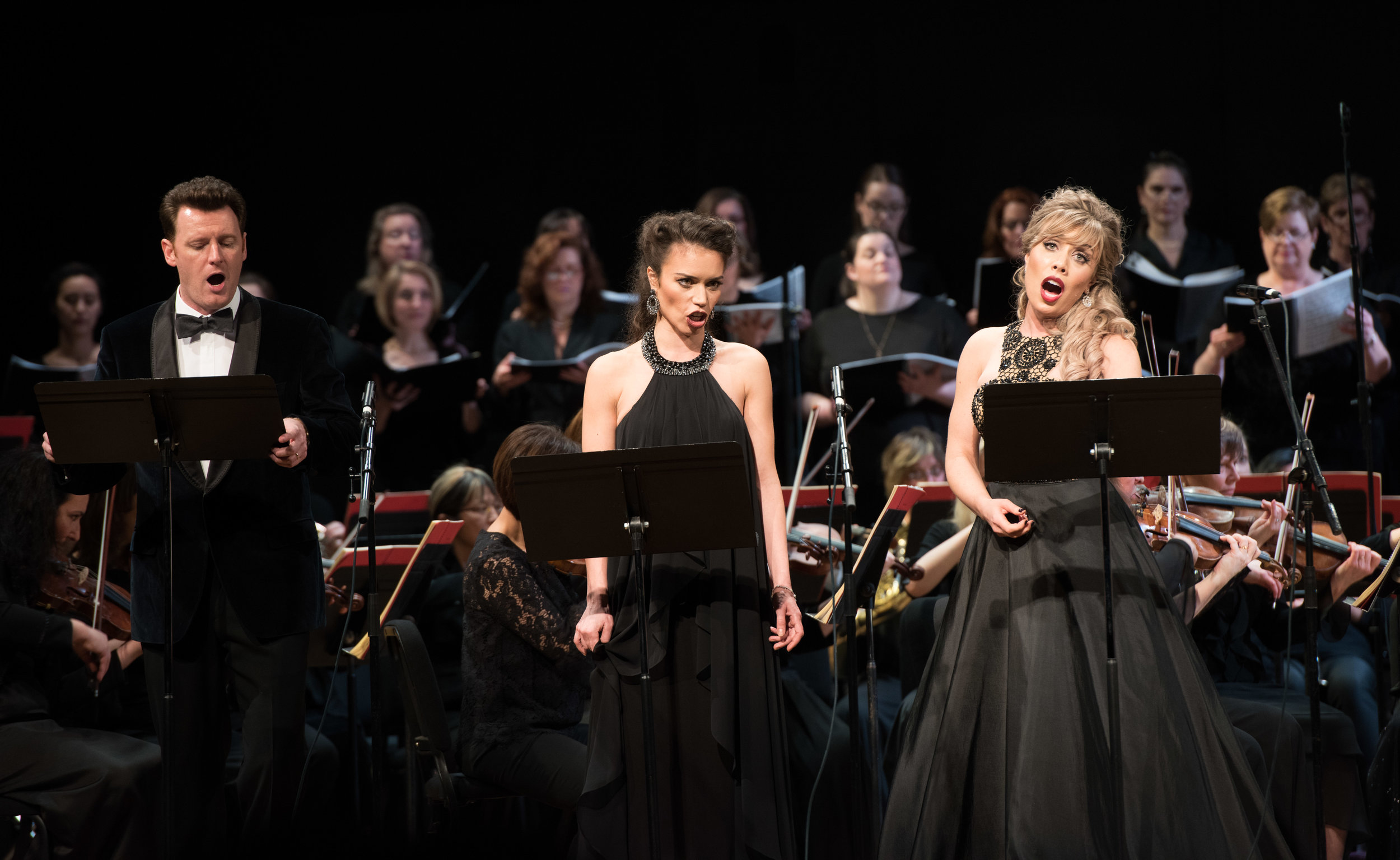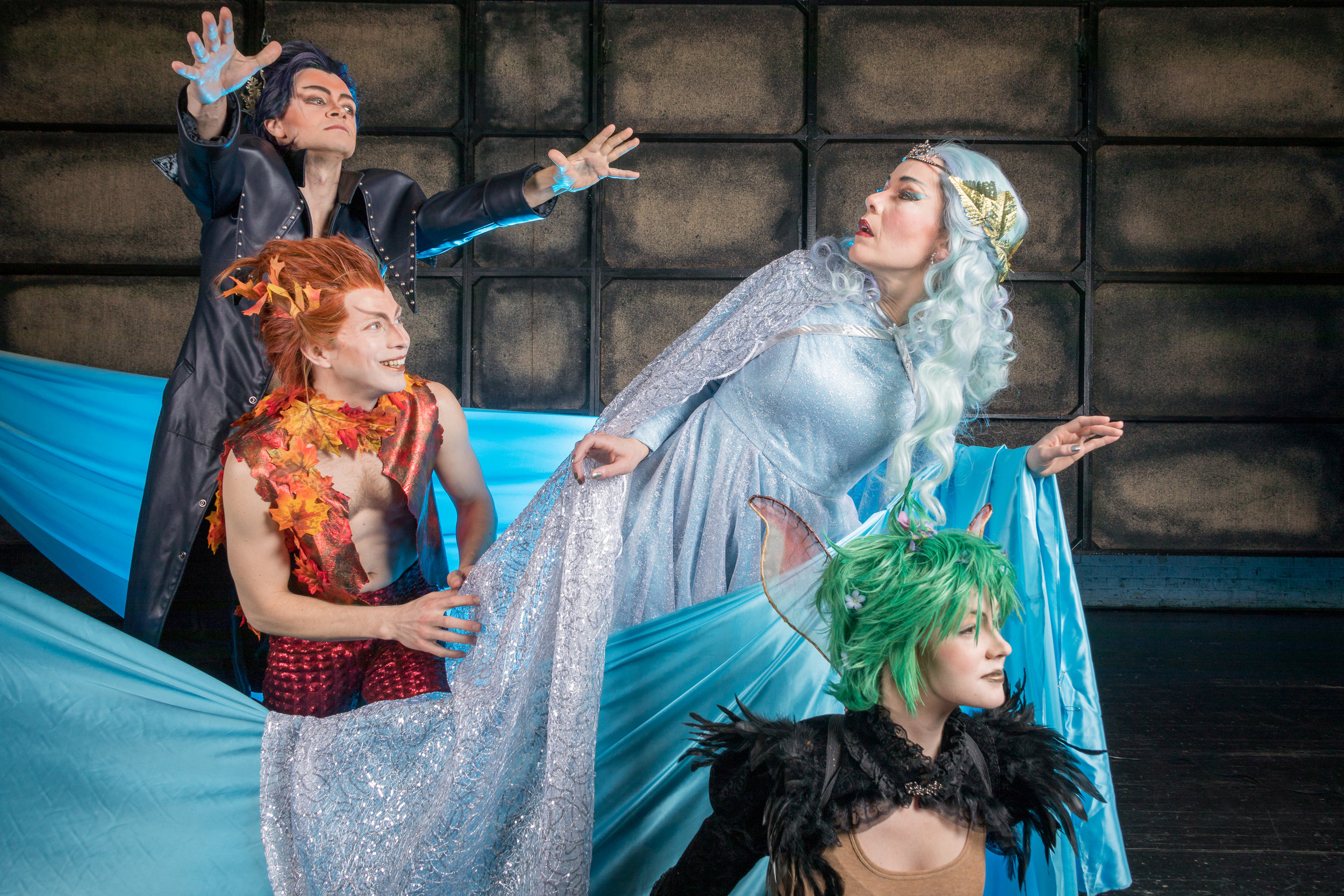Wolf Trap Opera comes to life in June each year when most opera companies have just closed up shop for the season. And this year again, WTO will not only be turning on the fun factory at The Barns, their Filene/Studio Artists will be on display at several venues across the DC area. During June, July, and August, they will bring Mozart and Gounod to The Barns, Verdi to the Filene Center, Weill to Dock 5 at Union Market, and participate in numerous concerts and recitals around town. The Wolf Trap family players will be involved in thirteen events in all by my count, beginning on May 31 with a recital with Steven Blier and guest Filene Artists called the “Art of Pleasure” and continuing through August 3 with a new production of Verdi’s marvelous, Rigoletto, at the Filene Center, supported by the also marvelous National Symphony Orchestra. If you are still deciding on the timing for your summer vacation, check the WTO calendar first.
While we reap the benefit of their efforts at the beginning of each summer, WTO director, Kim Witman and the WTO staff will have been at work since the end of the previous season, with months of auditioning singers across the country, making opera selections based on the talent that has been recruited, and initiating rehearsals, as well as the myriad other activities that are required to produce opera. And while I stand by my oft made claim that Wolf Trap Opera makes opera fun, they are also quite serious about opera as art and the development of the next generation of opera professionals. This year’s class of twenty Filene Artists, including nine returnees, are emerging artists, but already accomplished singers, given emphasis by the fact that this year WTO decided to change the name from Filene Young Artists to just Filene Artists. Their crew also includes 18 Studio Artists, somewhat more junior as yet on the development scale, and five Fellows receiving training in directing and coaching.
OPERA PRODUCTIONS: The three fully-staged opera productions are classics and musts for opera fans, but my personal not-to-be-missed WTO offering is “Aria Jukebox”, but more on that later. Right now, here is the operas list:
June 22, 24, 27, 30 (The Barns) - Idomeneo by composer Wolfgang Amadeus Mozart and librettist Giambattista Varesco
July 15, 17, 19, and 21 (The Barns) - Romeo Et Juliette by composer Charles Gounod and librettists Jules Barbier and Michel Carre
August 3 (Filene Center) - Rigoletto by composer Giuseppe Verde and librettist Francesco Maria Piave
Idomeneo (1781) was composed by Mozart when he was 24 years old and is his earliest opera to be performed with any regularity today, though not that frequently. King Idomeneo is washed upon his native shore after being shipwrecked and having promised Neptune that he would sacrifice the first living thing he sees upon arrival in Crete if his life is spared; his first live sighting is of his son Idamante. The tension is also carried along by a love triangle between Idamante, Ilia, and Elektra; it helps to know a little Greek mythology. Probably because of its formal style and a somewhat stiff libretto, Idomeneo is not as often performed as Mozart’s more popular operas, but this lack of more frequent productions is often lamented by critics who credit the opera as having some of Mozart's greatest music and arias. Check it out for yourself; personally, I am excited to have a chance to see this one in the DC area. Next, WTO will put forward a new production of Gounod’s popular Romeo et Juliette that it promises to make “fresh for modern audiences”. You know the story and no question Gounod’s music is beautiful; it includes the famous aria, “Je veux vivre“. As usual, the season wrap up is a grand opera performed at the Filene Center with the National Symphony Orchestra with an intent of exposing a wider audience to grand opera. This year, Verdi’s Rigoletto is on tap; for the first few year’s after I became interested in opera, this was my favorite opera. It contains music you will love and arias you will likely recognize as a court jester tries to protect his young daughter from the lecherous Duke.
While that is a respectable summer season for a small opera company, WTO is doing much more: Concerts and Recitals, WTO Untrapped, and even throwing in a Master Class on July 21 with opera star and former Filene Young Artist Christine Goerke. WTO Untrapped is simply getting their emerging opera stars out of Wolf Trap and into the surrounding communities. If you can’t come to opera, perhaps opera will come to you.
CONCERTS AND RECITALS: Here is the list:
May 31, June 1 - “The Art of Pleasure” - Opera star and WTO alumnus Steven Blier teams with WTO Filene Artists, tenor Piotr Buszewski, baritone Johnathan McCullough, mezzo-soprano Zoie Reams, and WTO Studio Artist soprano Laura Corina Sanders to perform pleasurable songs that “heal listeners with calmness, courage, and a sense of connection.” I only know of one song on the list, that by way of WTO’s opera blog, which is the Kink’s “Lola”. Huh? WTO makes opera fun.
July 14 - “Beethoven’s Ninth” - National Symphony Orchestra with WTO Filene Artists soprano Yelena Dyachek, baritone Thomas Glass, mezzo-soprano Zoie Reams, and tenor Richard Trey Smaug’s take on a symphony that includes singing. Oh “Ode to Joy”!
July 22 - “Aria Jukebox” - Don’t even think about this one; just buy your tickets now. It’s a party where you enjoy treats and beverages, talk to the Filene Artists and vote on which arias you want them to sing, then advance to The Barns where you will hear each singer perform their aria that got the most votes. You will not have more opera fun than this.
July 28 - “Wagner’s Ring” - WTO alumni soprano Christine Goerke, tenor Simon O’Neill, bass-baritone Alan Held, and bass-baritone Eric Owens will perform aria highlights from Richard Wagner’s Ring Cycle. These opera stars are known for performing Wagner.
UNTRAPPED - This is a WTO play on words - they call all operas, concerts, and recitals their performers do off the Wolf Trap campus this, implying becoming un-Wolf Trapped. By partnering with other local organizations, they are reaching out to bring excellent opera experiences to a broader audience in the DC area. Are you listening Washington National Opera?
June 2 - “Pops Extravaganza: Bernstein at 100” - A joint Festival program with the National Orchestral Institute, part of the Clarice Center for the Performing Arts at the University of Maryland. The featured performers will include WTO Studio Artists soprano Ester Tonea, mezzo-soprano Nicole Thomas, tenor Ricardo Garcia, and baritone De’Ron McDaniel with John Morris Russell conducting
June 16 - NOI+Festival and WTO plot once more (yes, there was collusion) to perform a program of American composers that also continues the Bernstein celebration, titled “Copeland, Gershwin, and Bernstein”. With WTO Orchestra’s James Judd conducting, the program will include Copeland’s “An Outdoor Adventure”, Gershwin’s “An American in Paris”, and Bernstein’s “Songfest’. The latter will include performances by WTO Filene Artists baritone Joshua Conyers, bass Patrick Guetti, tenor Alexander McKissick, mezzo-soprano Taylor Raven, mezzo-soprano Zoie Reams, and soprano Vanessa Vasquez.
June 23, 24 - “The Seven Deadly Sins” by Kurt Weill will be performed by WTO as part of the Halcyon By the People Festival at Dock 5 at Union Market in DC. The performances last year at Halcyon by WTO were sell outs, so be warned. This ballet chante with the songs by opera singers and a Hitchcockian plot is an unusual mix that has become very popular. Contrasting sisters Anna I, a singer, and Anna II, a dancer, set out in America to seek their fortunes and sin along the way, just a few times, maybe seven. The musical style is the jazzy, cabaret rhythms and melodies of prewar Germany.
June 28, July 19 - With “Vocal Colors” to be performed at The Philips Collection in DC, we get art reinforced by art in a classy setting. Songs on June 28 will be performed by soprano Mane Galoyan, baritone Thomas Glass, and bass Patrick Guetti with Nathan Ruskin accompanying on the piano. On July 19, the performers will be soprano Madison Leonard, mezzo-soprano Megan Mikailovna Samarin, tenor Ian Koziara, and pianist Joseph Li.
No, we are not quite finished.
EDUCATION AND OUTREACH - WTO has two activities in these catagories, one for kids and one for opera singers (but open to the public).
July 20, 21 - “Listen, Wilhelmina!” is an interactive mini-musical for kids performed at Wolf Trap’s Theatre-in-the-Woods, meant to introduce kids to a fun concert experience.
July 21 - “Master Class with Christine Goerke”: the 1995 WTO Filene Young Artist, current WTO Artist-in-Residence, and current opera superstar will work with WTO’s young artists to improve their skills. However, this class is open to the public; so if you want to learn more about just how opera singing is done, or just see Ms. Goerke in person, attend and give it a listen!
Sometimes you just know there is a good thing going on that deserves to be supported. Wolf Trap Opera and its emerging artists are one such thing.
The Fan Experience: Wolf Trap has a program I have not noticed before and am excited about, called Young at Arts. For selected performances this summer, adults who purchase a ticket can receive a youth ticket for free that allows them to bring someone with them who is 17 or under. What a great way to introduce your youngsters and teens to concerts, especially opera. Two of the eligible preformances are "The Best of Wagner's Ring" on July 28 and Rigoletto on August 3. Check the details and a link to obtain tickets here.
Idomeneo and Romeo et Juliette will both be performed in The Barns, which deserves mention for its atmosphere and accessibility. Indeed, I find it to be a significant factor in WTO’s making opera fun. Opera in The Barns has a dinner theater vibe; there is good food and drinks available in a separate room and you can take your drinks to your seat in the auditorium, which is indeed rustic and barn-like on the inside. You won’t find many suits and ties in The Barns, but you will find an enthusiastic crowd ready to enjoy an evening’s entertainment. It’s relatively small and cozy, putting the audience and singers in close proximity, a great way to experience opera singing. Another great thing about The Barns is the easy in/easy out (free) parking. Going to the opera could hardly be less stressful.





